No. 2 Celebrates 10 Years
By Lee Pace
No. 2 Celebrates 10 Years

Radical.
Ripping out grass on a U.S. Open golf course was, indeed, an extremist move.
Stripping it of a sense of order and uniformity flew in the face of convention.
Trading elegant green for disheveled brown wasn’t a direction most owners and managers of world-famous courses would have tread.
But Pinehurst owner Robert Dedman Jr., CEO Don Padgett II, and architects Bill Coore and Ben Crenshaw were willing 11 years ago to roll the dice on Pinehurst No. 2, the site of multiple major championships throughout more than a century.
Starting in February 2010, Coore and Crenshaw and their team of shapers and rakers and planters engineered a stunning overhaul of the original work of the famed Scottish golf architect, Donald J. Ross. For 13 months, they rebuilt fairways lines, bunkers and all the acreage surrounding every hole. Out came 40 acres of dense Bermuda grass and 550 irrigation heads, and in came the native hardpan sand of the Sandhills and 80,000 new wire grass plants and assorted vegetation.
When it reopened in March 2011, No. 2 harkened back to the days of Billy Joe Patton and Bill Campbell wearing cashmere sweaters, while winning multiple North and South Amateur titles. Coore & Crenshaw were shooting for a restoration to the broad era from the 1940s through the 1960s, when No. 2 was taut and wide, bouncy and unpredictable.

“There were whispers in golf that No. 2 had become like the uncle no one wants to talk about,” Padgett remembers. “To most people, everything was okay. But the golf course had lost some of its luster and reputation.”
As Dedman so aptly remarked, “This will be the best thing we ever do or the worst.”
With the benefit of a decade of hindsight, it’s certainly the former. The revamped golf course was immediately embraced by the locals and the outsiders as well — most notably the competitors in the 2014 U.S. Open and U.S. Women’s Open.
And just three years away from another Open, the course still exudes the multi-textured and colored look of Ross’s native homeland of Scotland.

Padgett, retired since 2014, still plays golf frequently and paused from a putting session in July 2021 to look around at the activity at the resort. Nearby, the par-3 Cradle course and the Thistle Dhu putting course were teeming with golfers. Tee sheets for all five courses at the main clubhouse were jammed, including those on the No. 4 course rebuilt in 2017-18 by architect Gil Hanse. That evening, the golfers would retreat to an array of dining and drinking options, including the Pinehurst Brewery, opened in 2018 on the site of an abandoned steam plant, and the North & South Bar in the newly renovated Manor Inn with an array of nearly 70 brands of bourbons, whiskeys, ryes and Scotch.
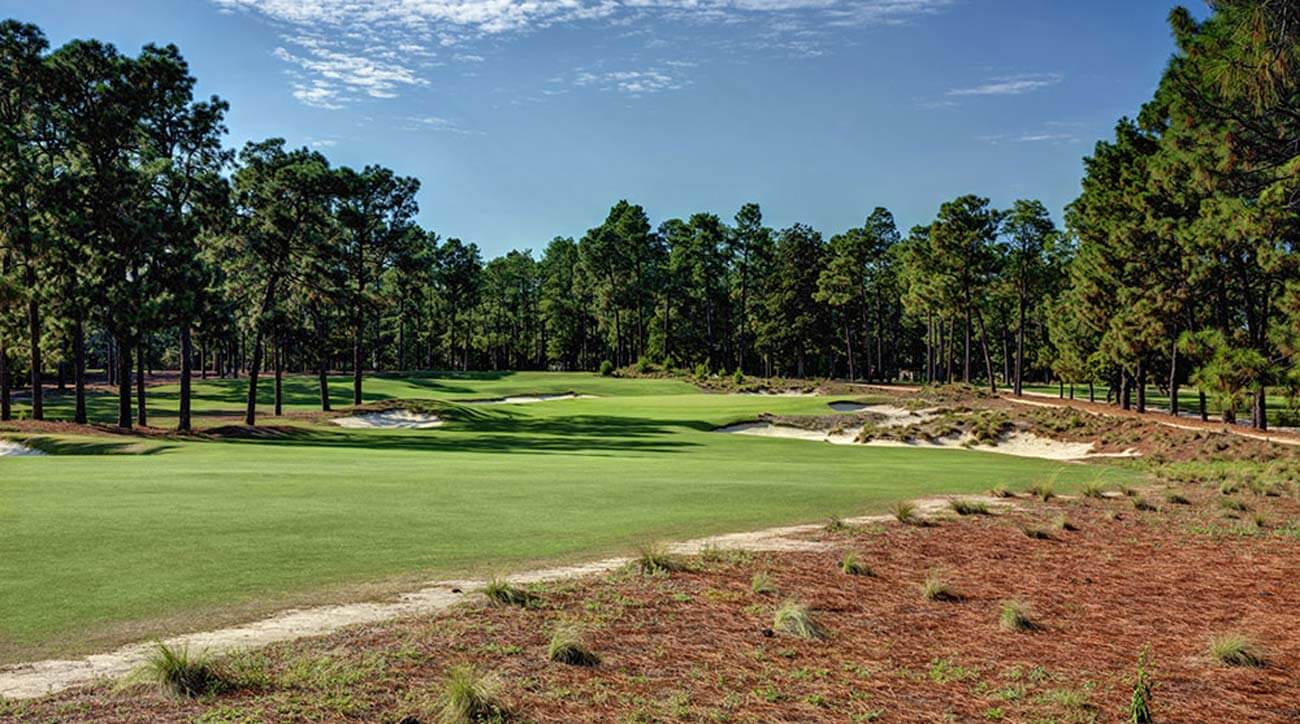
“Pinehurst today is way more current than it’s probably been since the ‘40s,” Padgett observes. “In the ‘40s, it was current. That’s what people were doing. Over time, we’d started having a hint of a museum. It’s not that way anymore. It draws on its history, but the overall experience is very current.
“Bob Dedman feels like it all started with No. 2, doing something radical. There’s nothing more radical than what we did. It changed the way he thought about the entire operation.”
Coore today is 75 years old and still has a full plate of designing courses along his longtime partner, the two-time Masters champion Crenshaw. He’s not actually seen the course since 2019, but he stays in touch with Pinehurst officials, and in 2021 dispatched associate Dave Axland to Pinehurst to rebuild some bunkers that needed their dimensions and banks buttressed.
“It’s hard to believe it’s been 10 years,” Coore says. “We take great satisfaction in that it turned out well and it’s gotten better. It’s everything we hoped it would be and more. And there’s a sense of relief, that it actually did work. We believed it would work, but when you do something this dramatically different, you never know for sure.”

One of the highlights of the restoration when it debuted and still in full force is the myriad of colors of visual stimulation. The appearance of No. 2 had evolved into monochrome green with neat circles of white bunkers. Now it’s anything but. The emerald fairways give way to the natural colors of the bunkers — filled with a darker hue of sand — and the sandy roughs.
“What I see is the attractiveness of a different palette of color,” Coore says. “Before, you had just one shade of green everywhere. Now you have everything from all shades of green and brown to all the stuff in between. That, in it and of itself, is an attractive picture.”
The restoration project was never about adjusting Donald Ross’s No. 2 course for the 2014 U.S. Open. The purpose simply was to restore the width and bounciness of the fairways and remove the “Bermuda creep” of four decades. To return the perimeters of the holes to the native hardpan sand, wire grass and pine needles that reflected the look from what many call Pinehurst’s “golden age.”

“It’s like Pinehurst has been rediscovered,” Coore says. “It’s been refined and enhanced.
“The timing was perfect. No. 2 had evolved in a not very positive fashion over the previous couple of decades or more. It was time. It was time to do it. The mindset of the golfing world was open to something like that, as radical as it may have seemed. A lot of golf courses in the early 2000s were popping up that were more natural in their presentation. They were getting a lot of acclaim. Suddenly, every golf course didn’t have be as perfect as Augusta National. They could be more natural and reflective of their native environment. That’s what No. 2 had been and what we tried to take it back to.”
Mike Davis, who was promoted from the USGA senior director of rules and competitions to executive director in early 2011 following the retirement of David Fay, made several trips to Pinehurst to walk the course with the architects during the restoration process. He had ruminated with USGA officer Jim Hyler, who would ascend to the association presidency in 2010, during the 2008 U.S. Amateur on No. 2 about how interesting it might be if one of the very few areas of hardpan sand and wire grass on the course, just to the right of the third green, was expanded throughout the course. So the USGA was very receptive to that same concept when Dedman and Padgett formally proposed it in June 2009.
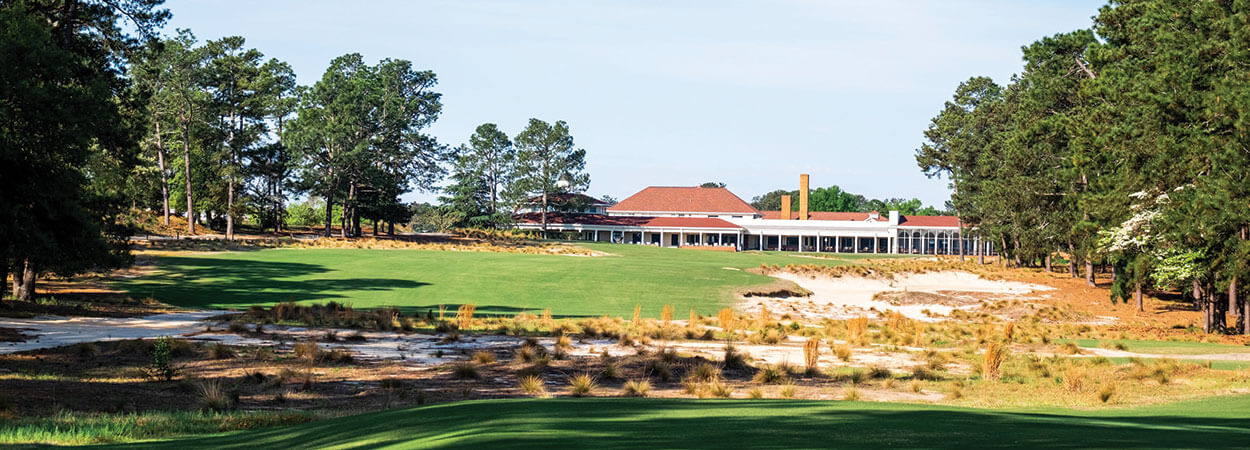
“That project was so important on so many levels,” says Davis, who stepped down from the USGA in 2021 to pursue a new career in course design. “It took one of the great golf courses not only in the United States, but in the world back to its grandeur. It brought back its personality. It also showcased the single-row irrigation, how you could maintain a course with less water, that it could be somewhat tannish-brown and still be beautiful. It certainly played beautiful in 2014.
“When you talk about great courses in the world and making dramatic changes, that has to be right up there with the best of the best. When Oakmont got ‘de-treed,’ so to speak, that was a big moment in time. I’m not sure anything was bigger than what Pinehurst did.”

The moment that 2014 fortnight of men’s and women’s golf ended, No. 2 was shut down for its greens to be converted from bentgrass to ultra-dwarf Bermuda. That, plus the work Coore & Crenshaw did, will give the 2024 Open field a different presentation altogether.
“Both were game-changers,” says course superintendent John Jeffreys. “Before, with bent greens, we were babysitting the greens all summer. Today it’s not as much a grind as it was dealing with the bent. We’ve freed up labor to maintain the rest of the golf course. Plus, the firmer Bermuda greens are a better match with the firmer fairways and the tight surrounds.”
Like everyone involved in the nitty-gritty of that restoration process in 2010-11, Jeffreys shakes his head that it’s been a decade. He vividly remembers the maintenance crew working long days around Christmas and New Year’s 2010 in sleet and snow on resodding the golf course, knowing that tee times had been booked for March.
“Now here we are, an anchor site for the U.S. Open,” he says. “I don’t think we would be fortunate enough to call ourselves the first anchor site for our national championship if it was not for what Bill and Ben did 10 years ago.”
Author Lee Pace followed the Coore & Crenshaw restoration process and wrote about it in his book, “The Golden Age of Pinehurst—The Story of the Rebirth of No. 2.” It’s available on Amazon and in the Pinehurst Resort golf shop.
Other Blogs
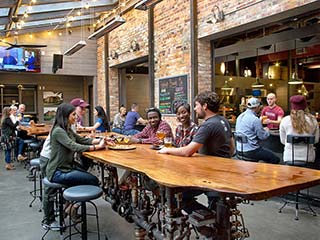
10 Great Things To Do
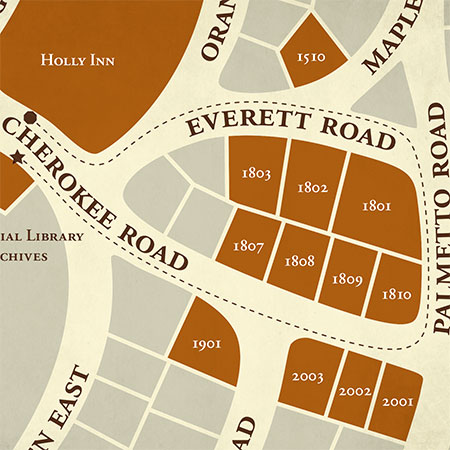
Discover The Path To Pinehurst’s Past

Insider Golf Tips
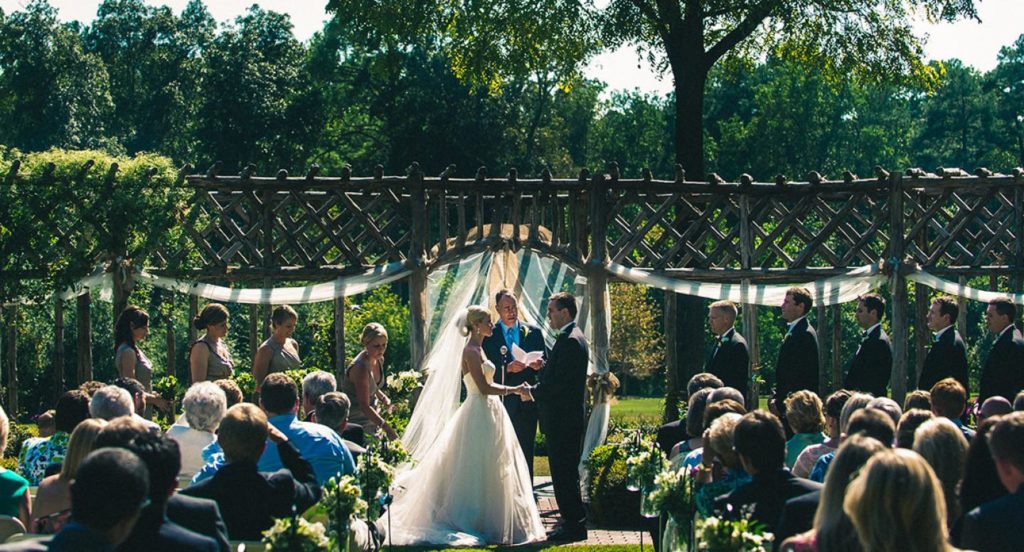
Unique Wedding Venues

North Carolina Couples Vacation
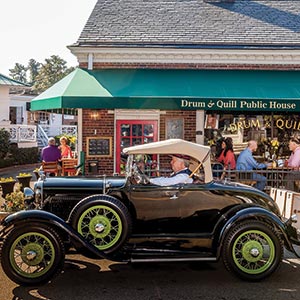
Our Favorite 19th Holes in the Home of American Golf

Girlfriend Getaways
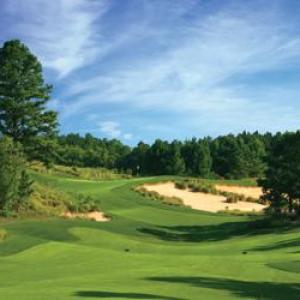
Tobacco Road: A Truly Unique Golf Adventure
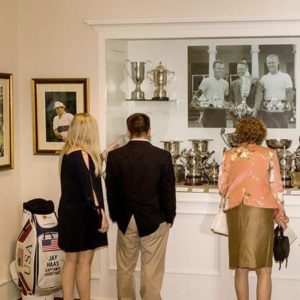
Carolinas Golf Association Hall of History

Where the Ladies Golf
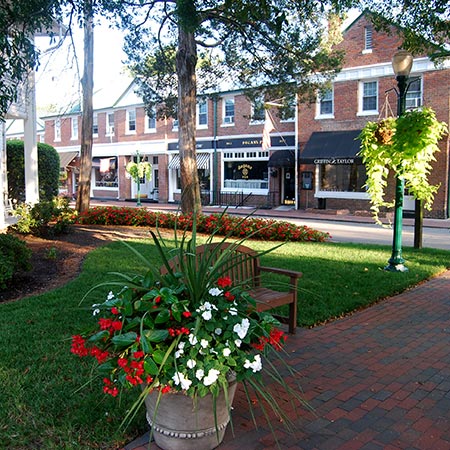
Romancing Pinehurst
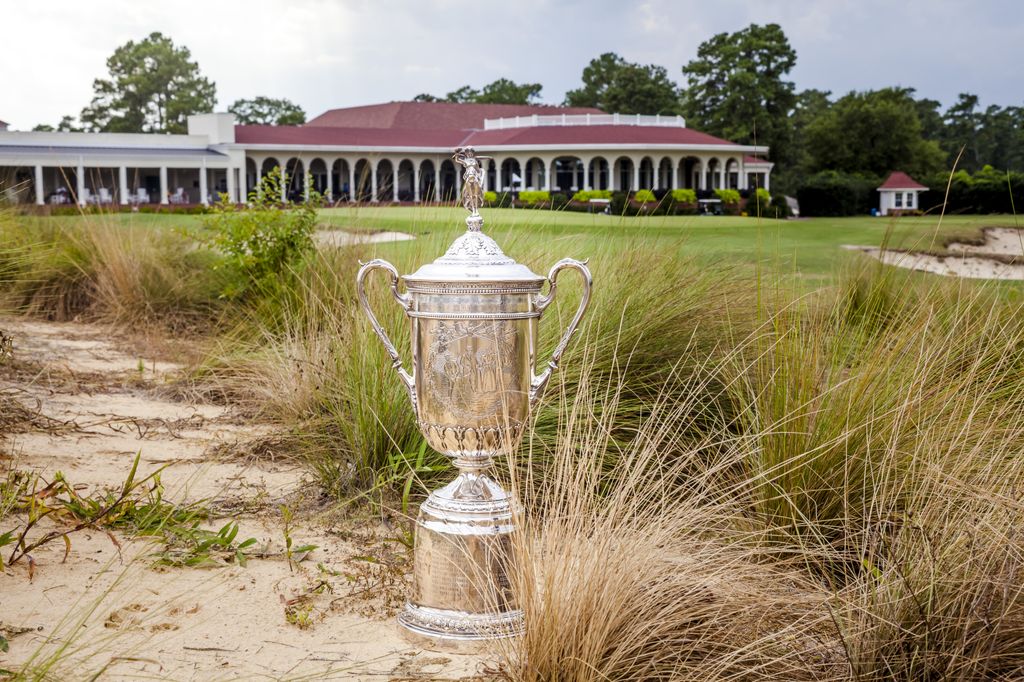
Home of American Golf and U.S. Open Connections
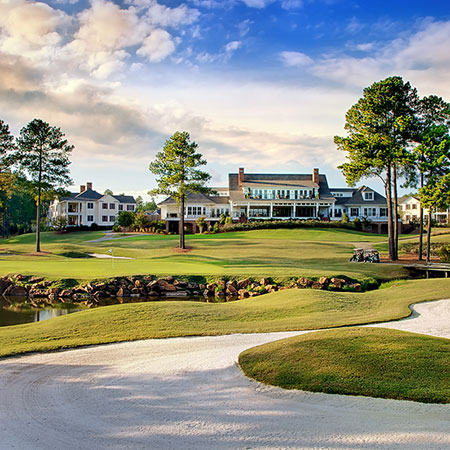
Former U.S. Open Champions Provide Pinehurst Area Some of Its Finest Designs
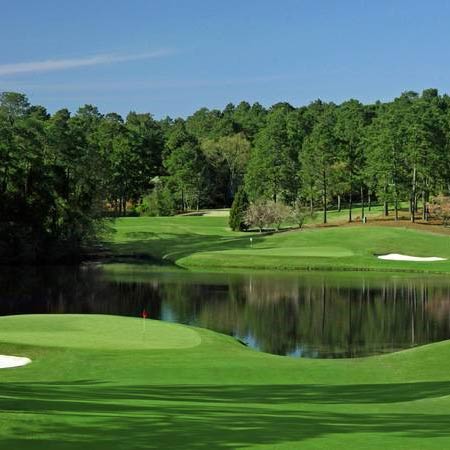
Donald Ross First of Many Architects to Design U.S. Open-Quality Courses in Sandhills
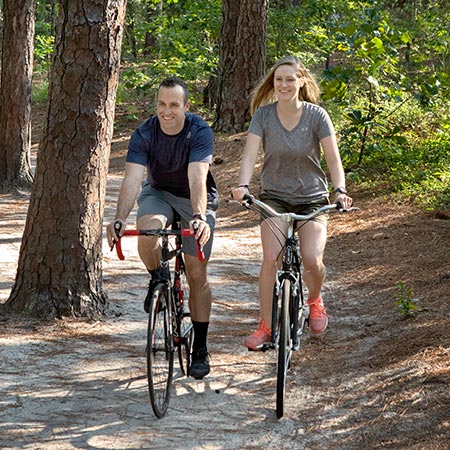
Sandhills Offers Outstanding Variety of Outdoor Activities
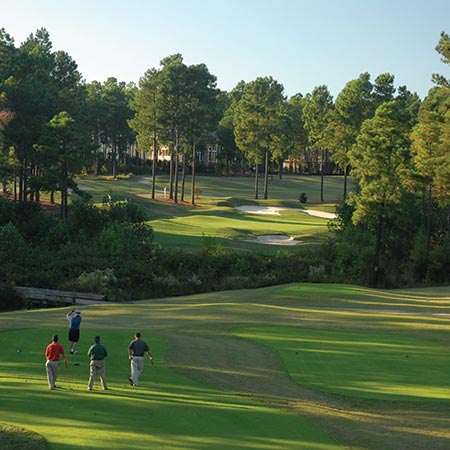
Buddy Golf Trip
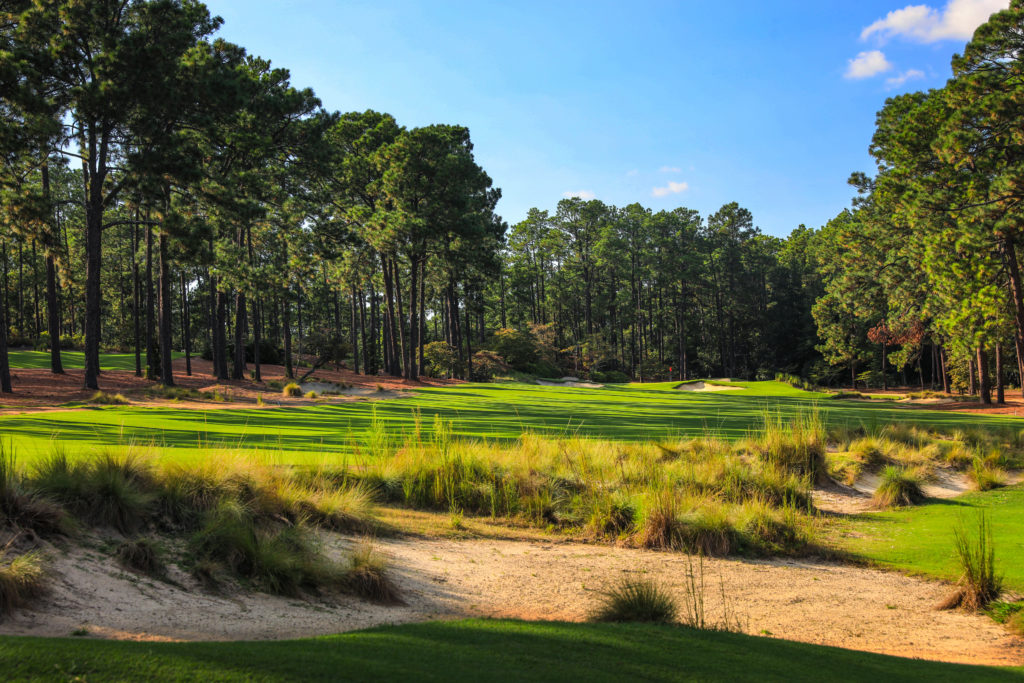
18 Holes of Local Knowledge for the Sandhills Golfer
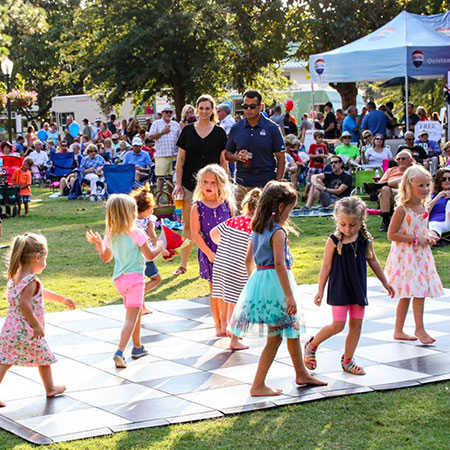
The Family Fun Trip
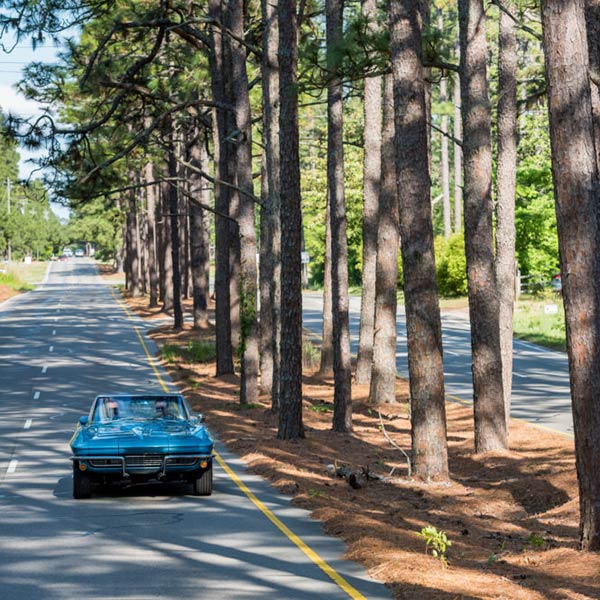
Midland Road: The “Fifth Avenue of Golf”
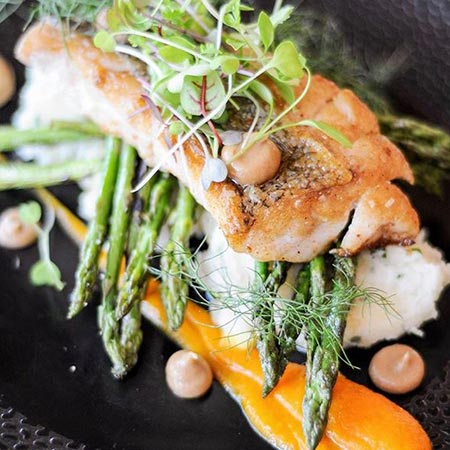
Collards, Community and Collaboration
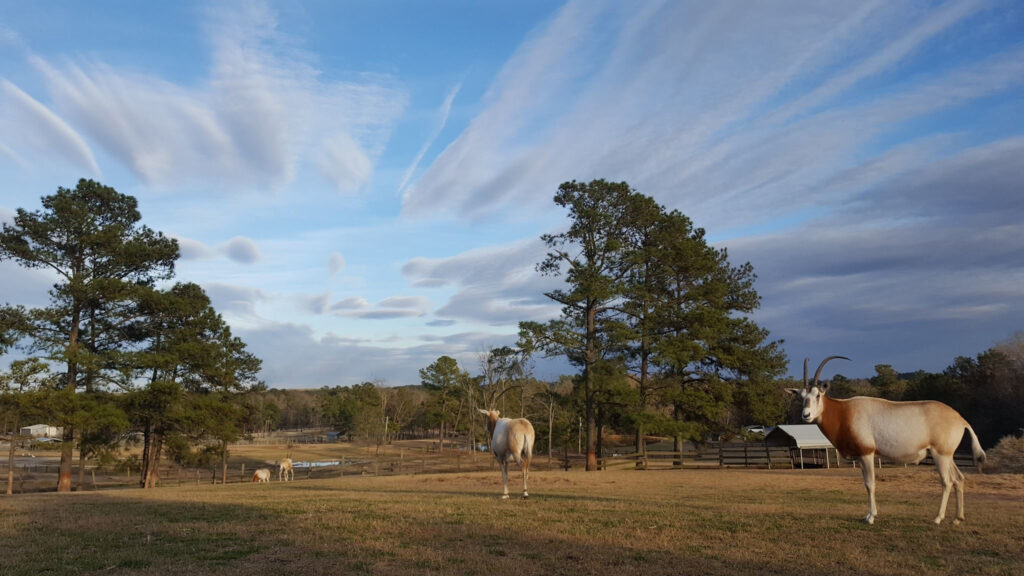
10 Little-Known Facts About North Carolina’s Pinehurst/Southern Pines Region

Sandhills Holiday Gift Guide
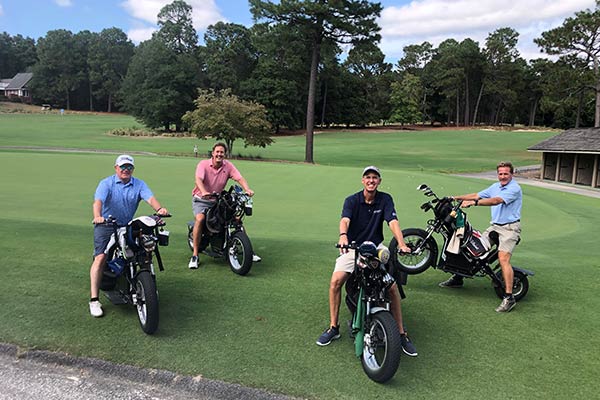
Spring Primer: Local Knowledge from the Home of American Golf
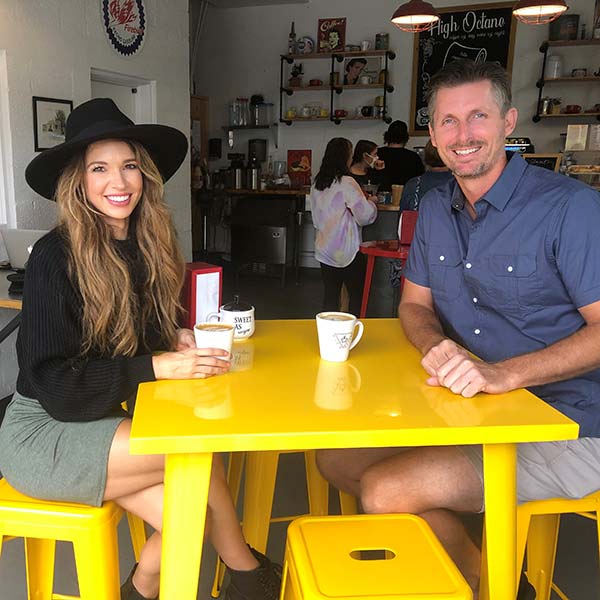
Our Favorite Coffee Shops in the Sandhills
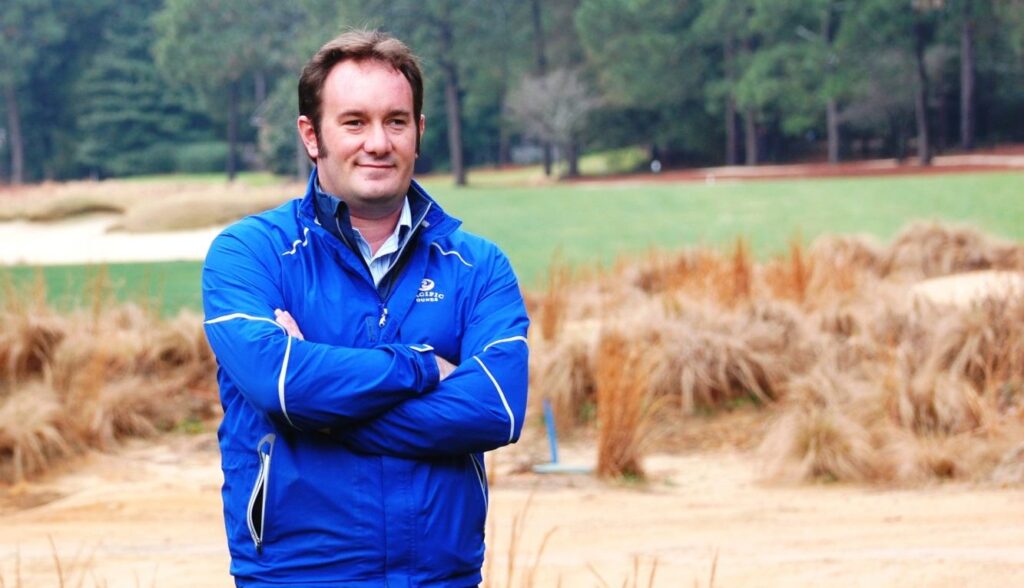
Franz Creating Legacy on the Links
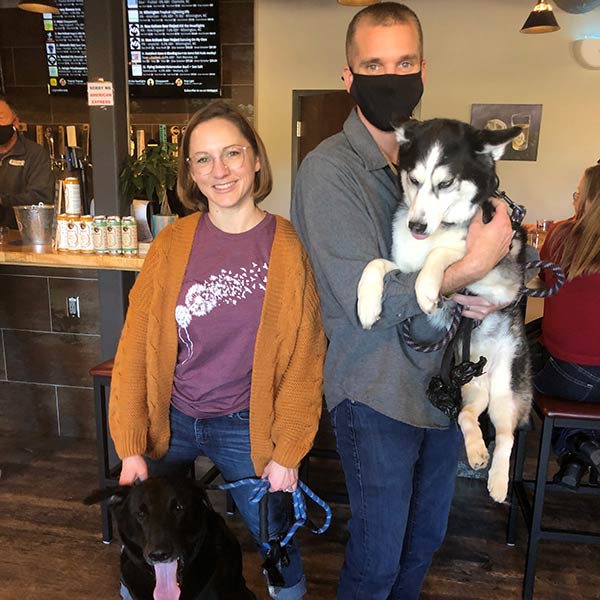
Bring Fido! Pet-Friendly Finds Among the Pines
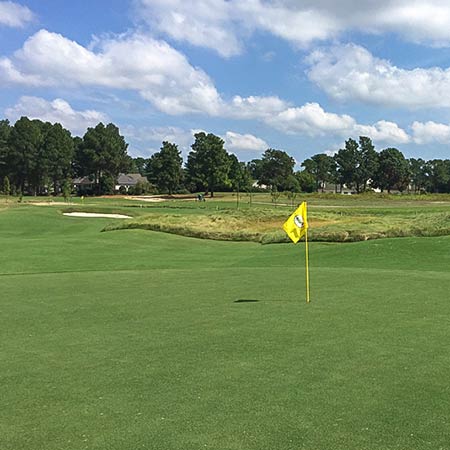
Bottlebrush: Pinehurst Area’s Best Kept Secret
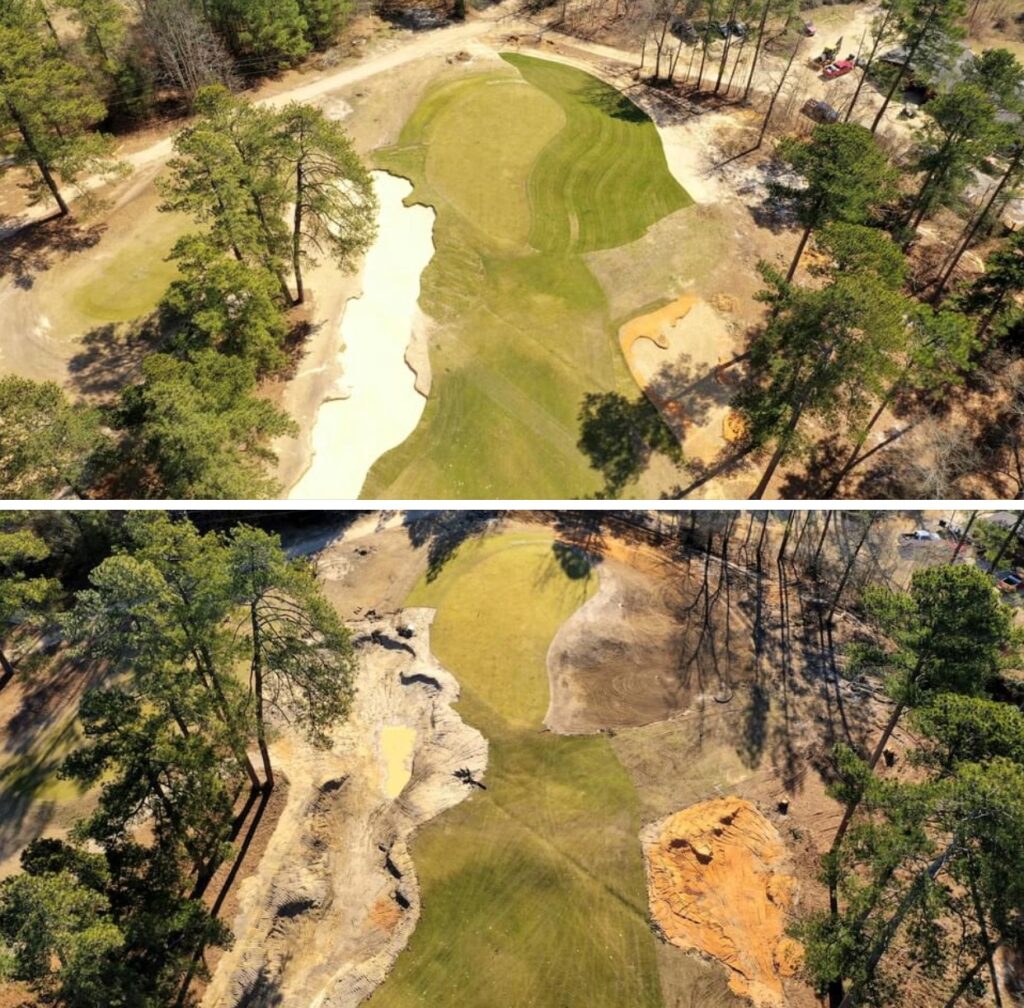
Franz Part 2: The Legacy Continues

Why Visit Pinehurst If You Don’t Play Golf?

First Timer’s Guide to Pinehurst
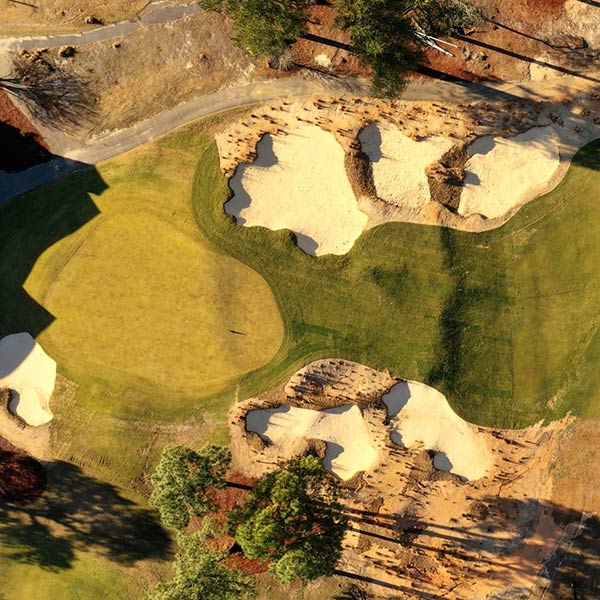
Franz Part 3: On Sandhills Topography
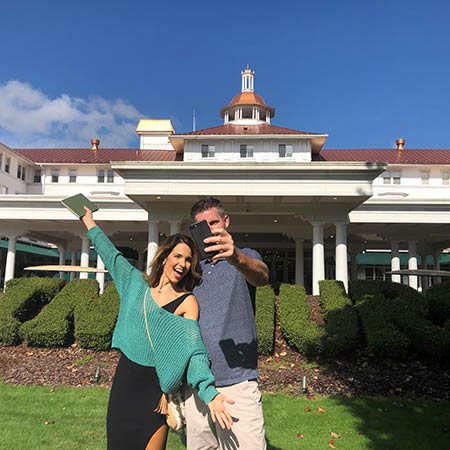
Top 10 Places for a #Sandhills Selfie
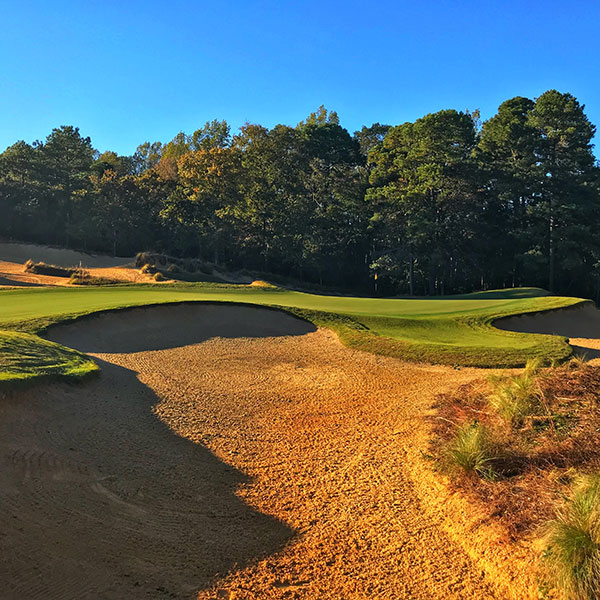
“Bermuda Revolution” Around Sandhills Leads to Ideal Year-Round Golf

Hunger Games – Sandhills Golfers Dining Guide
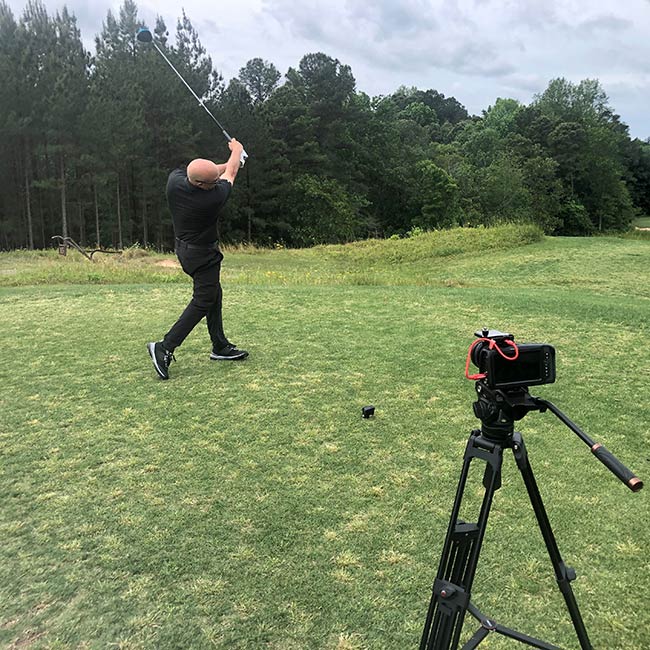
Episode 1: Golf Tips with Nick Bradley

Episode 2: Golf Tips with Nick Bradley

Sandhills Embraces Walking Culture
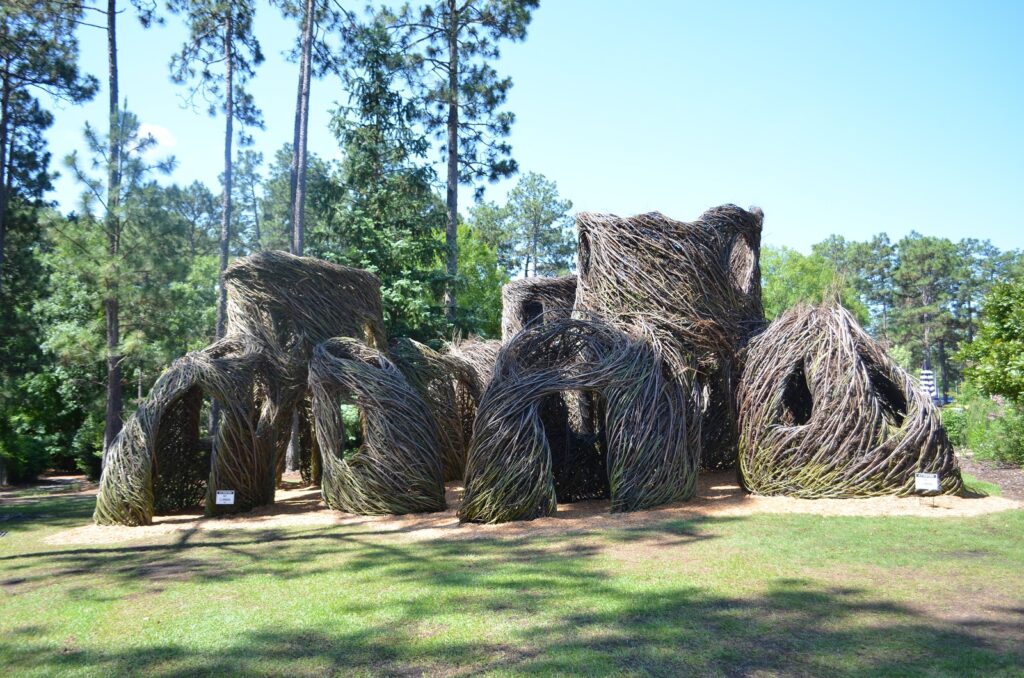
Patrick Dougherty: The Stickman Cometh

Dining A to Z

Fall Renewal in the Sandhills

Pinehurst’s Ryder Cup 1951

2004 Ryder Cup That Wasn’t
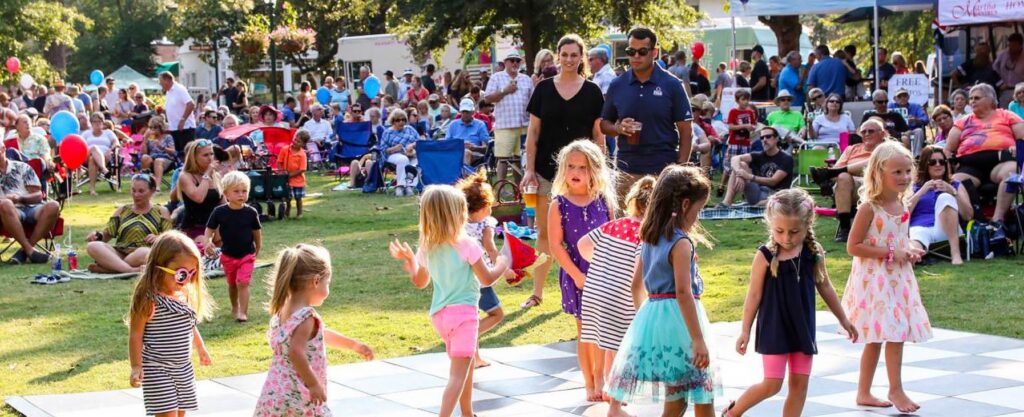
Family Fun in the Sandhills
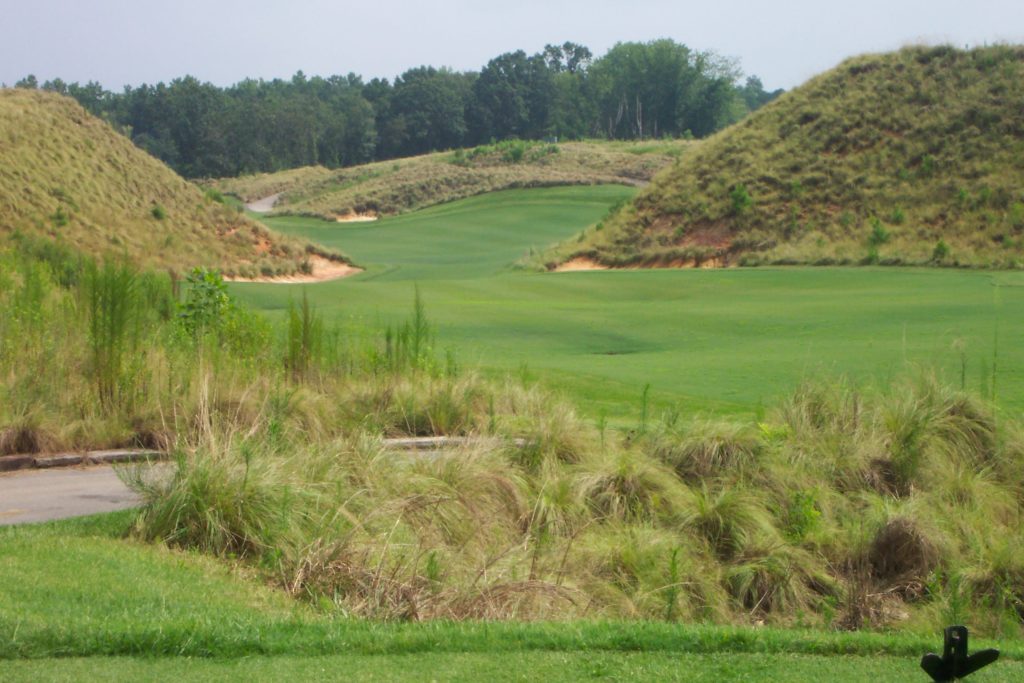
Remarkable Golf Stays in The Pinehurst Area

Couples Weekend Getaway Ideas
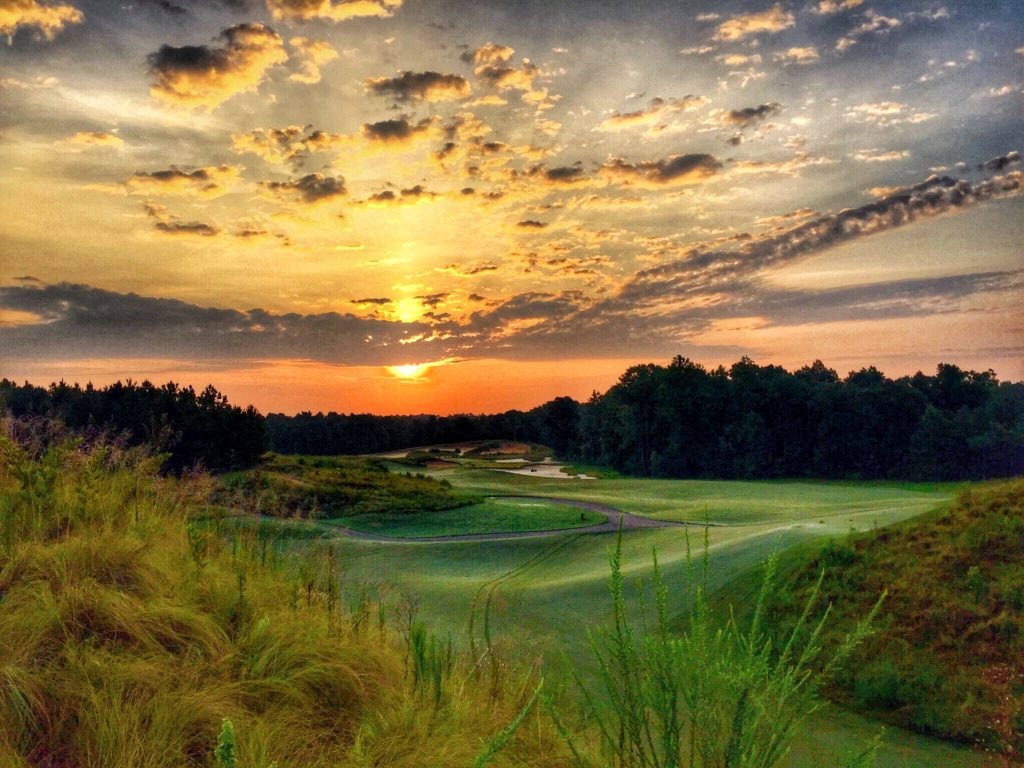
Nature’s Canvas: Tobacco Road

Perfect Getaway to Southern Pines
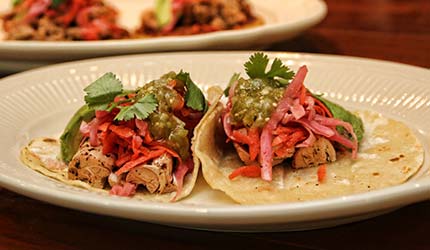
Culinary Discoveries in the Sandhills of N.C.
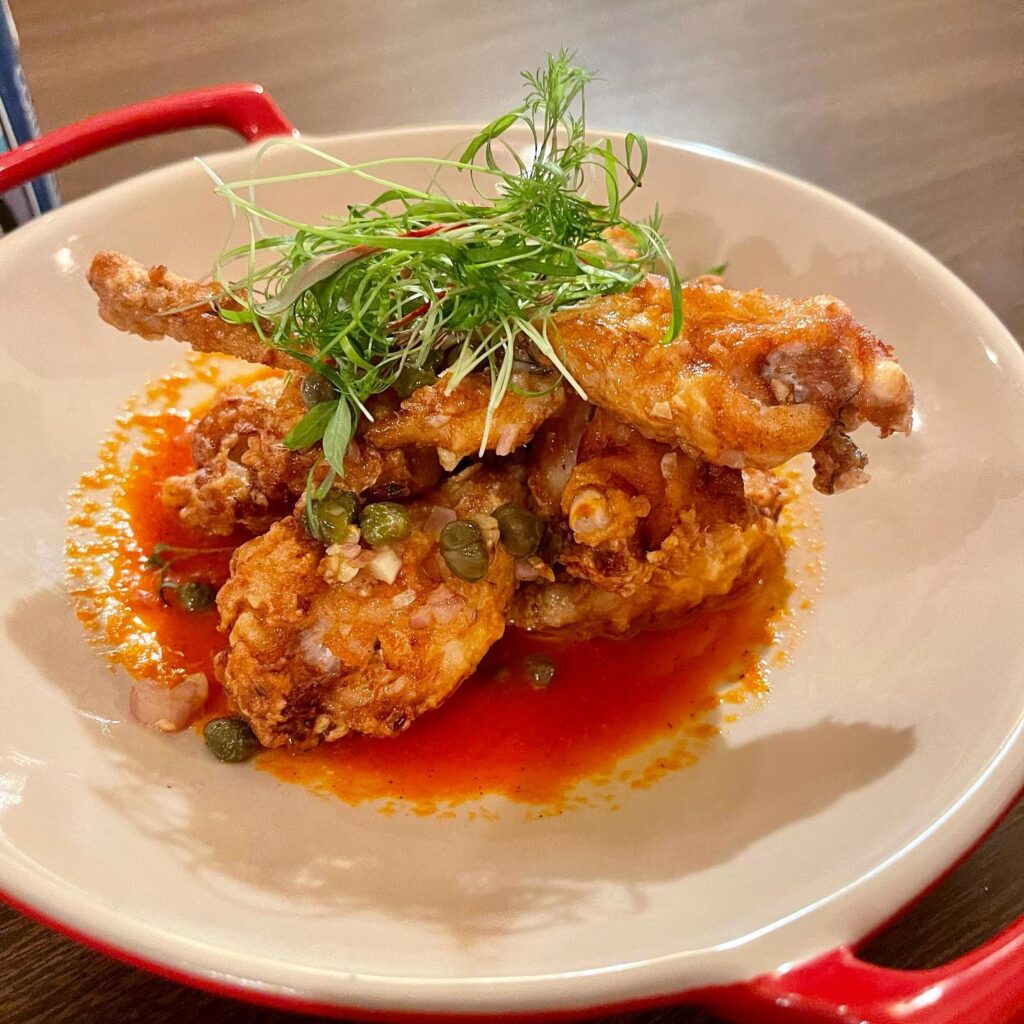
Restaurant Roundtable Q&A
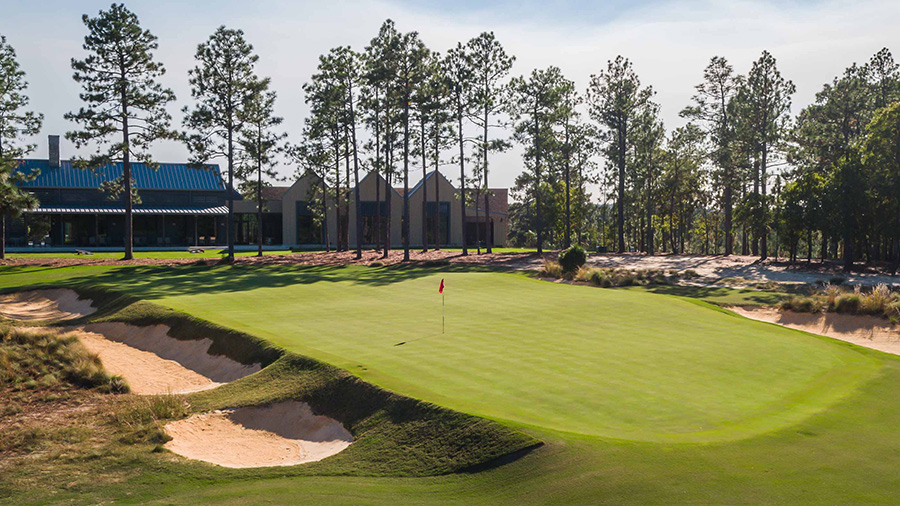
Dormie Club’s New Era
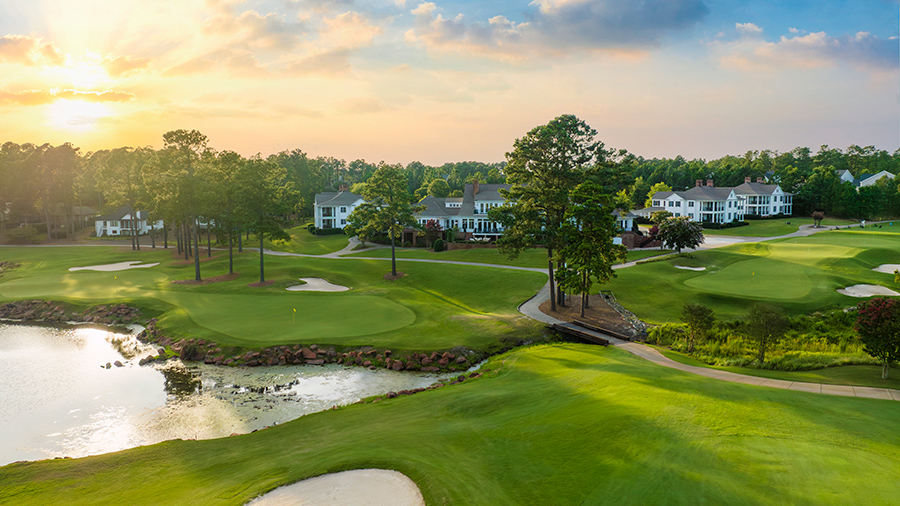
Talamore and Mid South: History of Their Own

Undiscovered Pinehurst

Off for Pinehurst
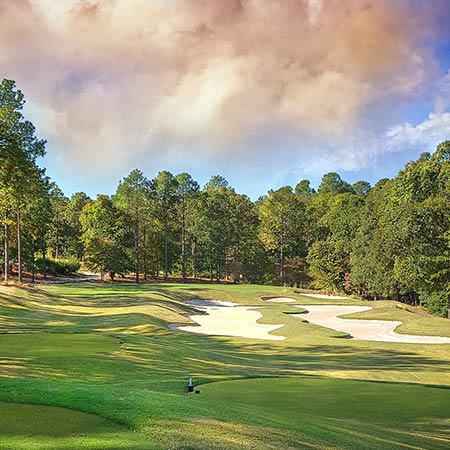
Talamore Doing More for 2022
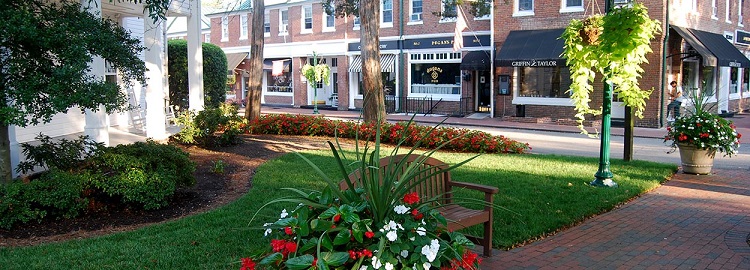
Romantic Gift Ideas In Pinehurst Area

Foodie Weekend in the Sandhills
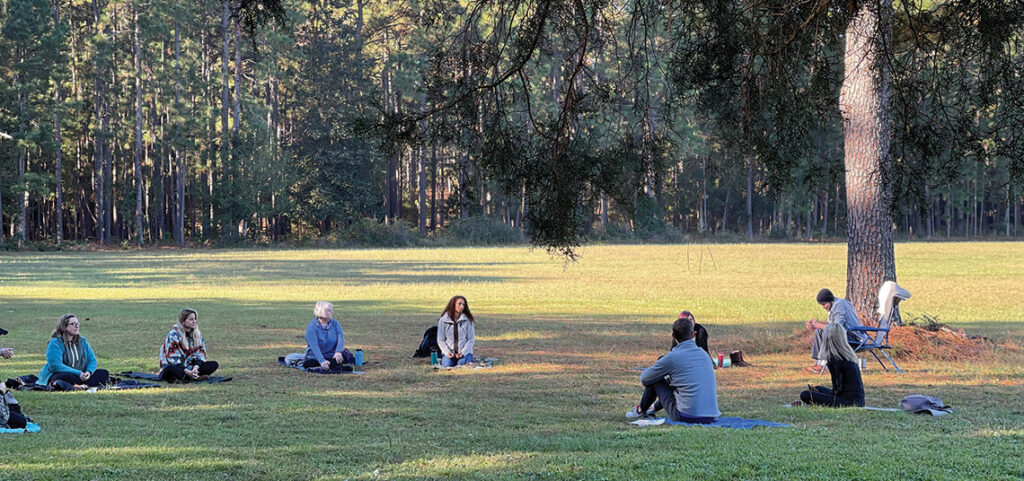
Wellness in the Pines

The Military Means Business in the Sandhills
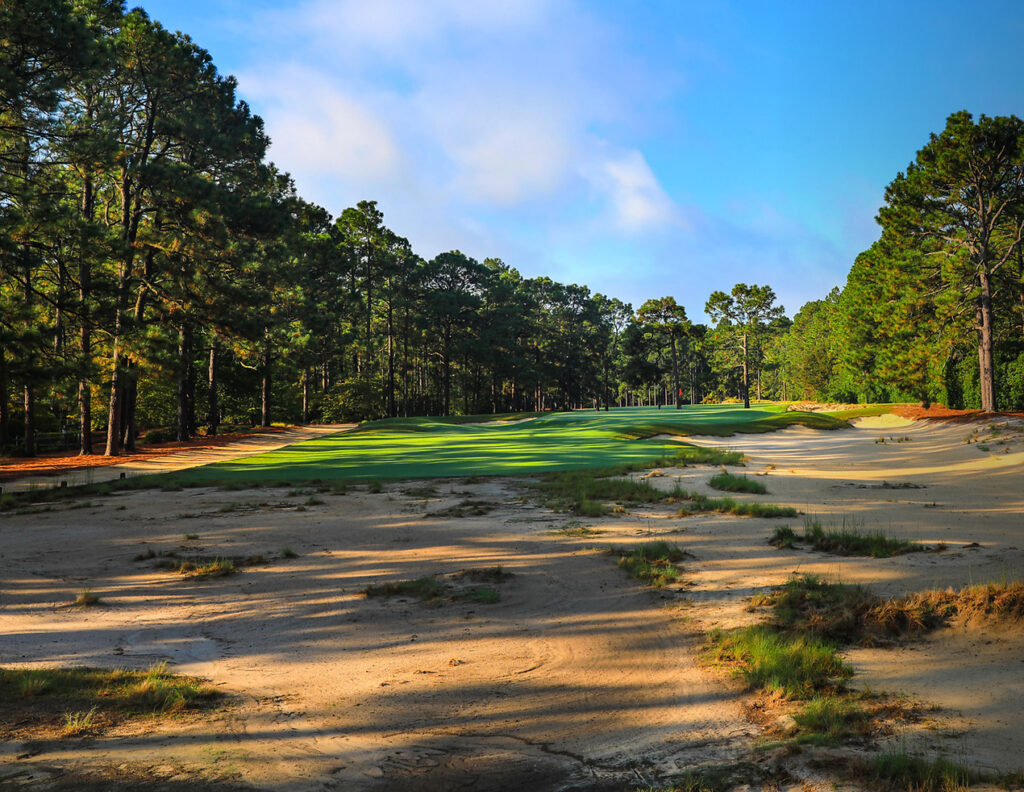
Pine Needles Goes Back in Time
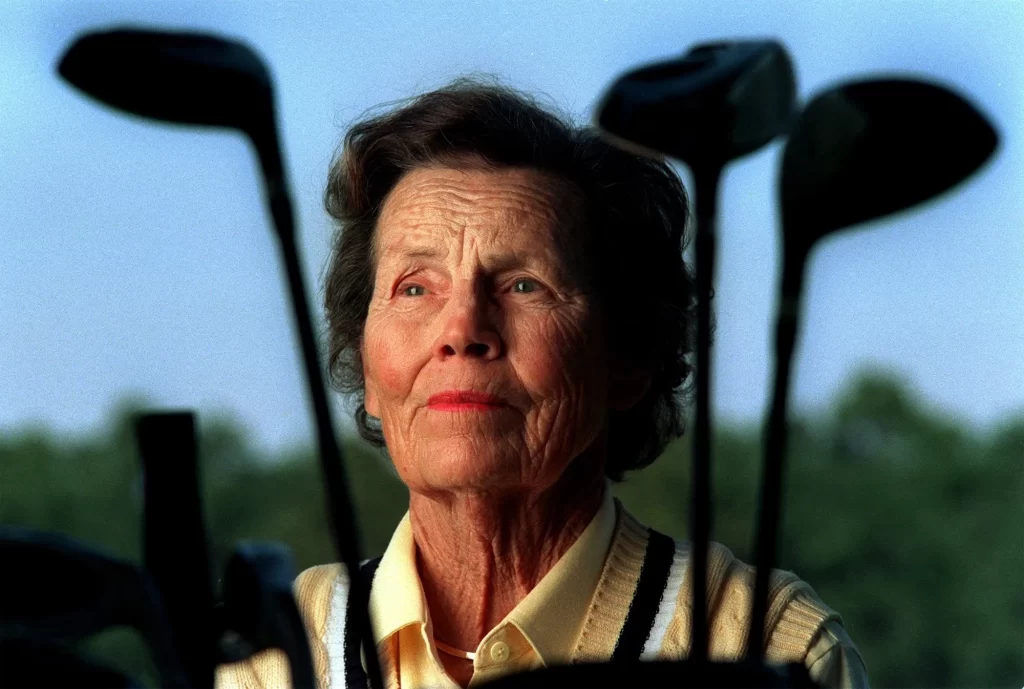
Grande Dame of Women’s Golf
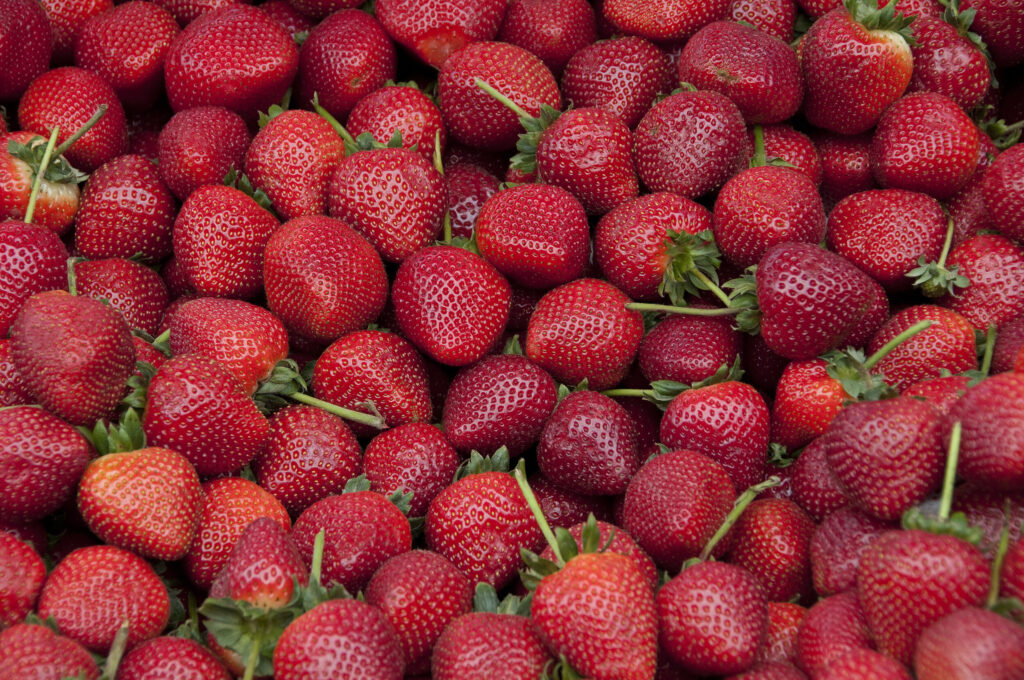
A Guide to Berry Picking in the Sandhills
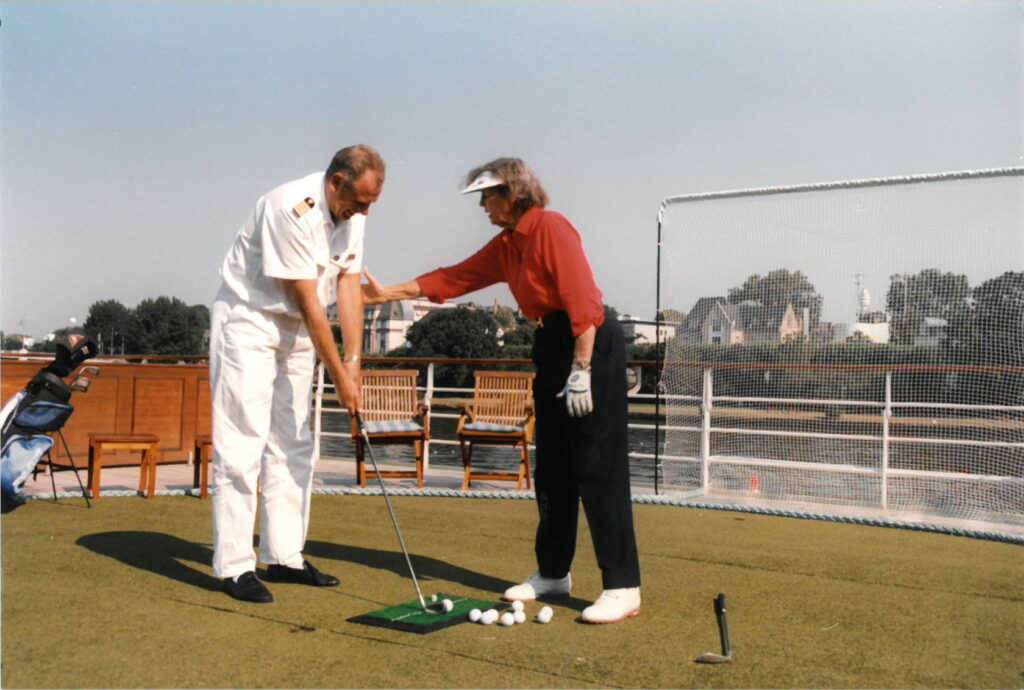
Waltzing on the Danube with Peggy Kirk Bell

From Cradle to Cradle

Donald Ross Could Golf His Ball
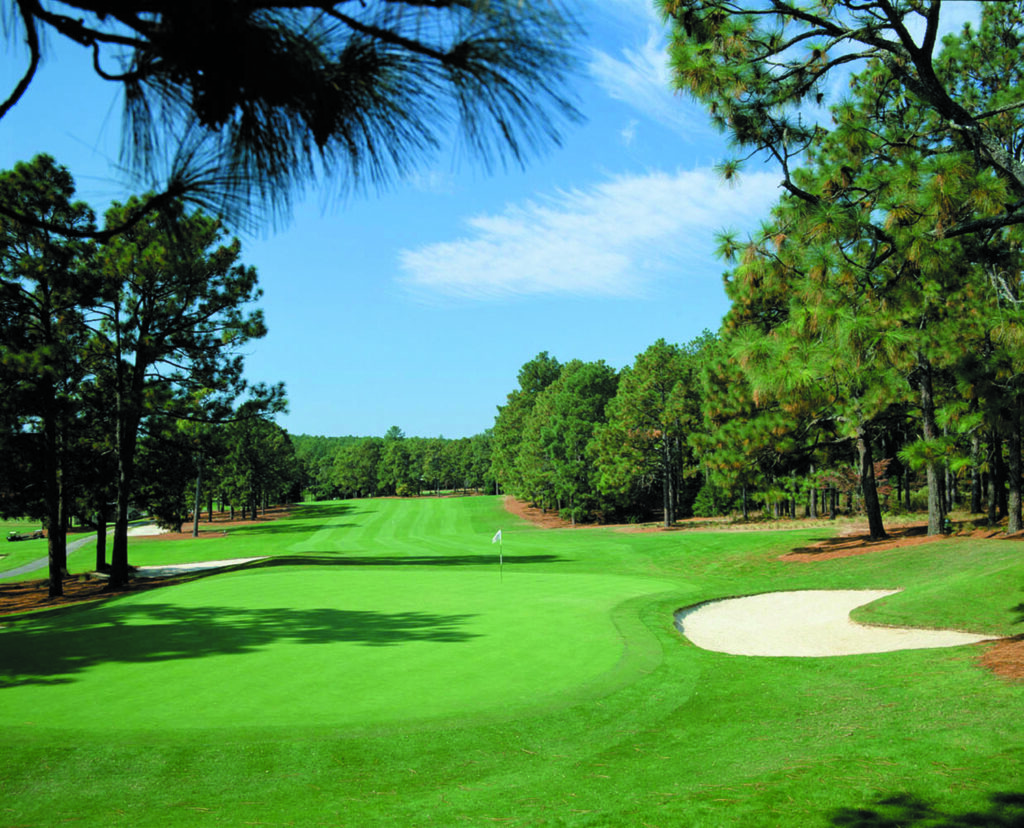
No Resting on Laurels Around the Home of American Golf
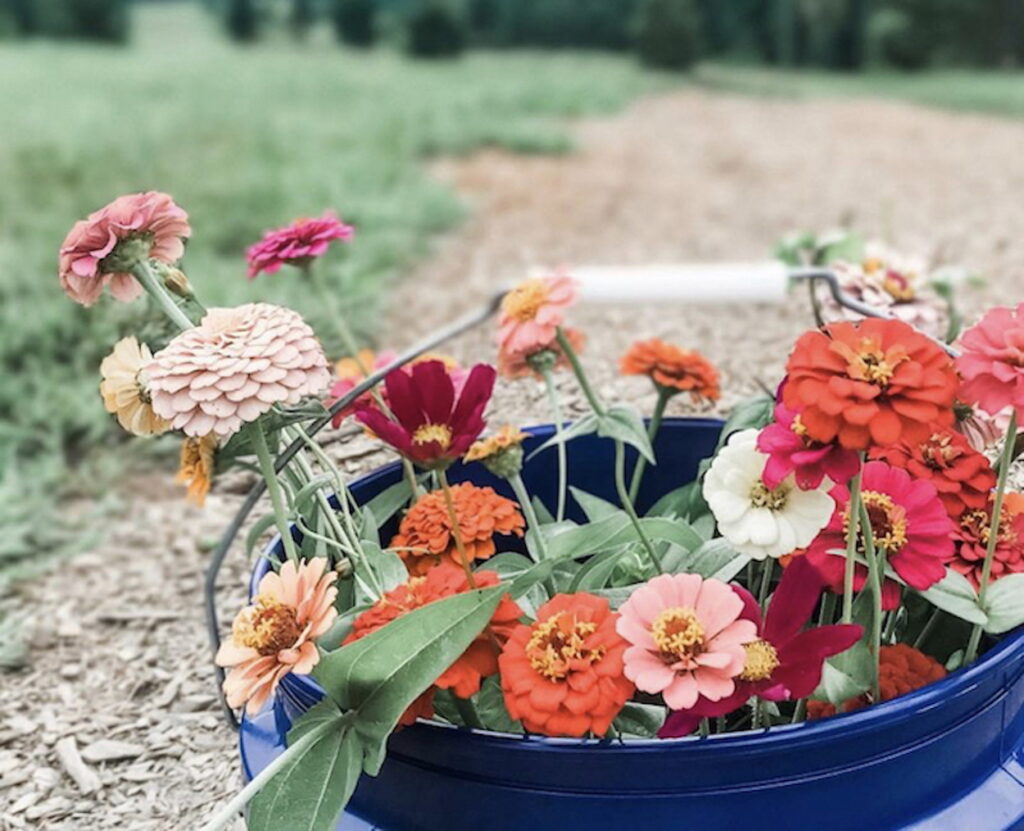
Flower Farms in the Sandhills
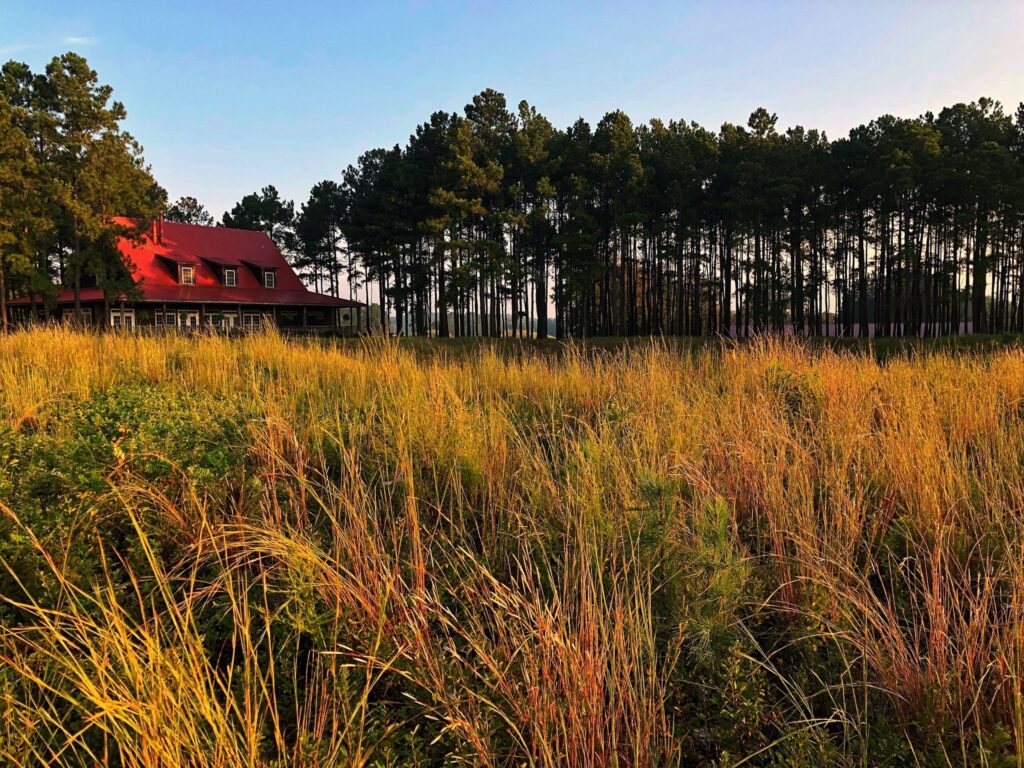
Fall into Pinehurst Golf

What Goes Around…
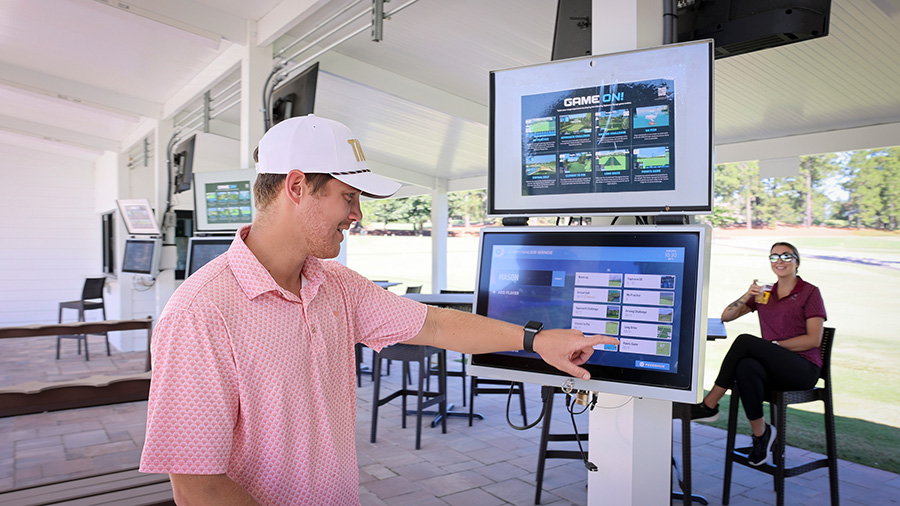
Talamore Resort Debuts New Toptracer Range

The History of the Pinehurst Inns
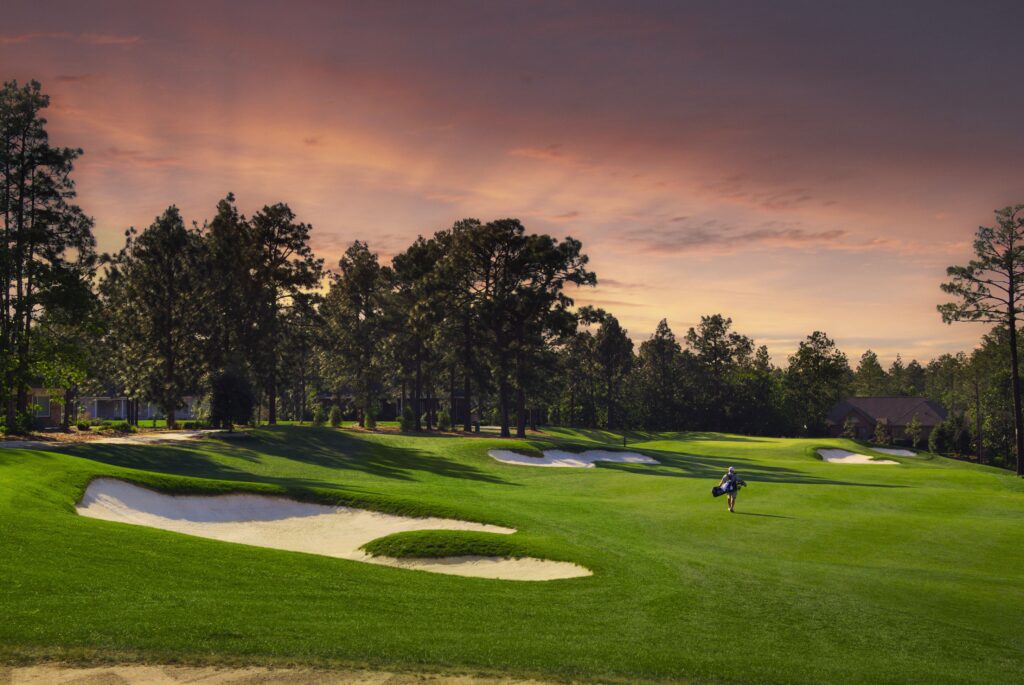
“For me, Pinehurst is such a special place for golf!”- Tom Fazio
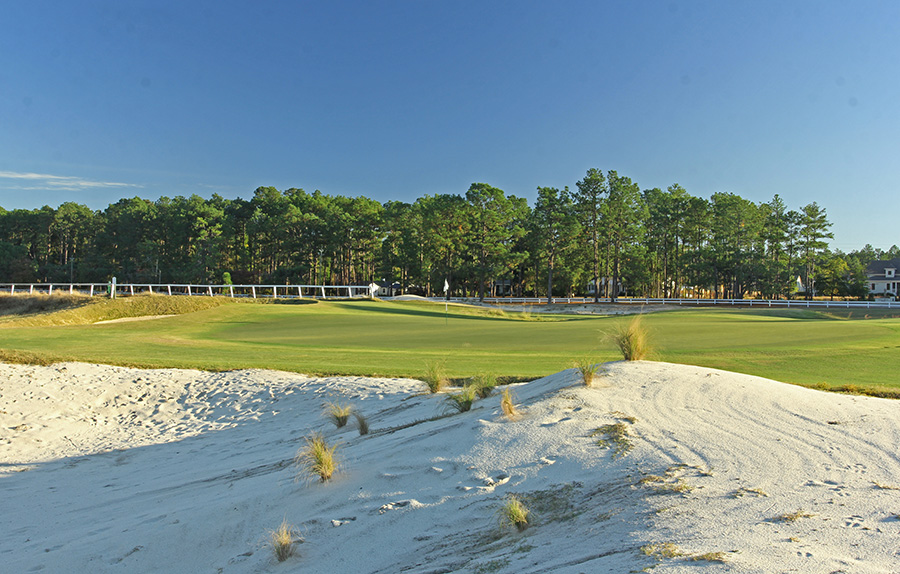
Maples Roots Run Deep in Sandhills Golf Design

New Southern Pines Mural

Pinehurst Area Buzzing with 2023 Excitement

Discover the Sweetness of the Sandhills
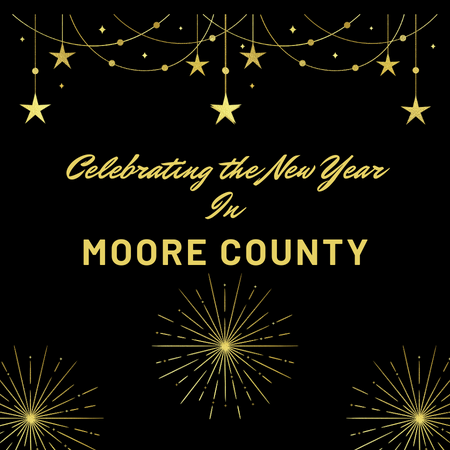
Celebrating the New Year in Moore County

The Big Three
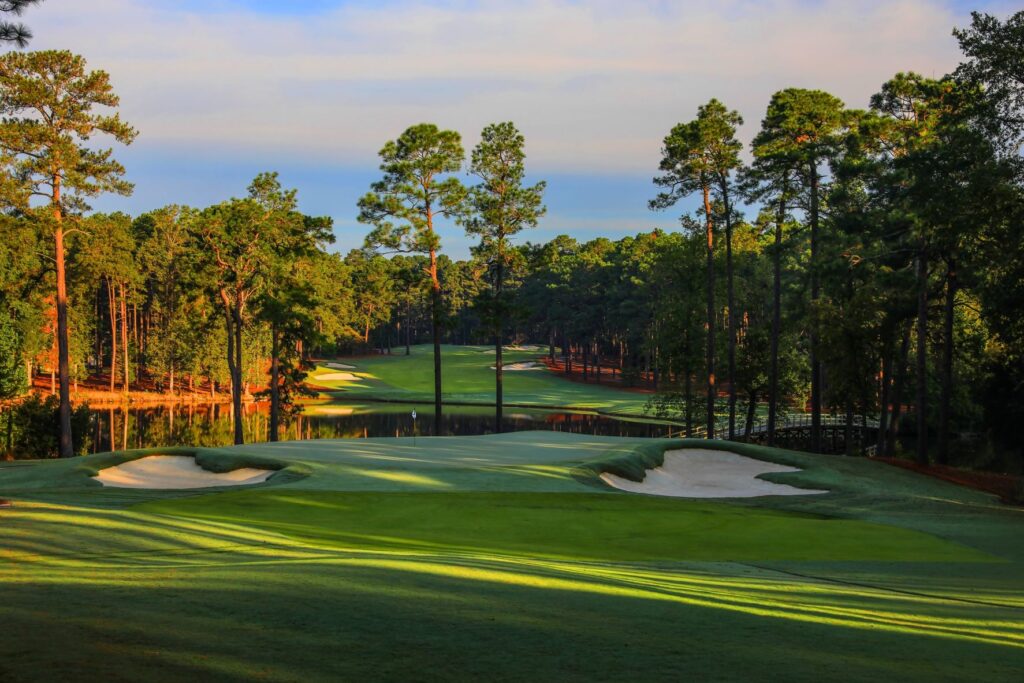
Jones Family Imprint
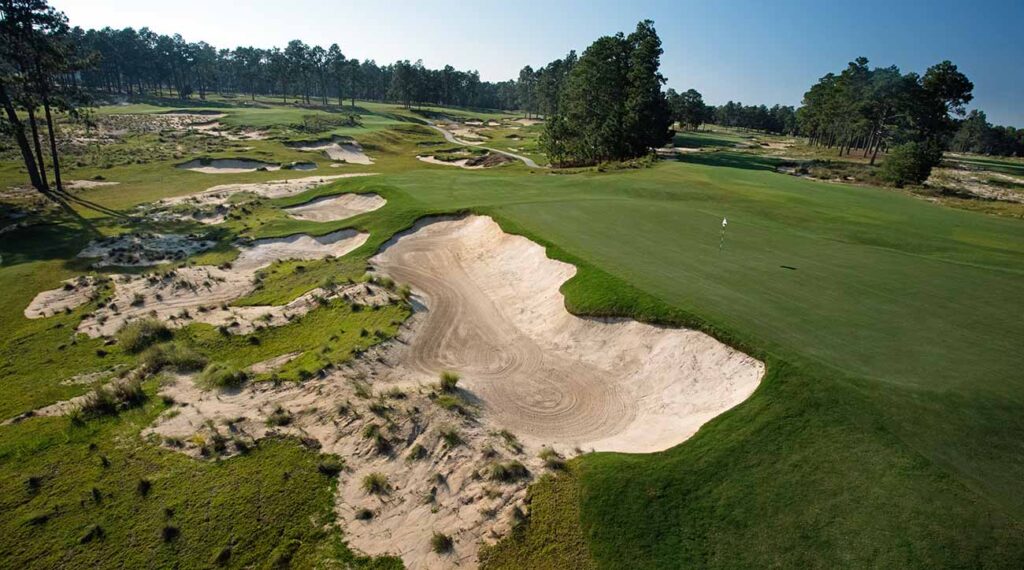
The Hanse Touch
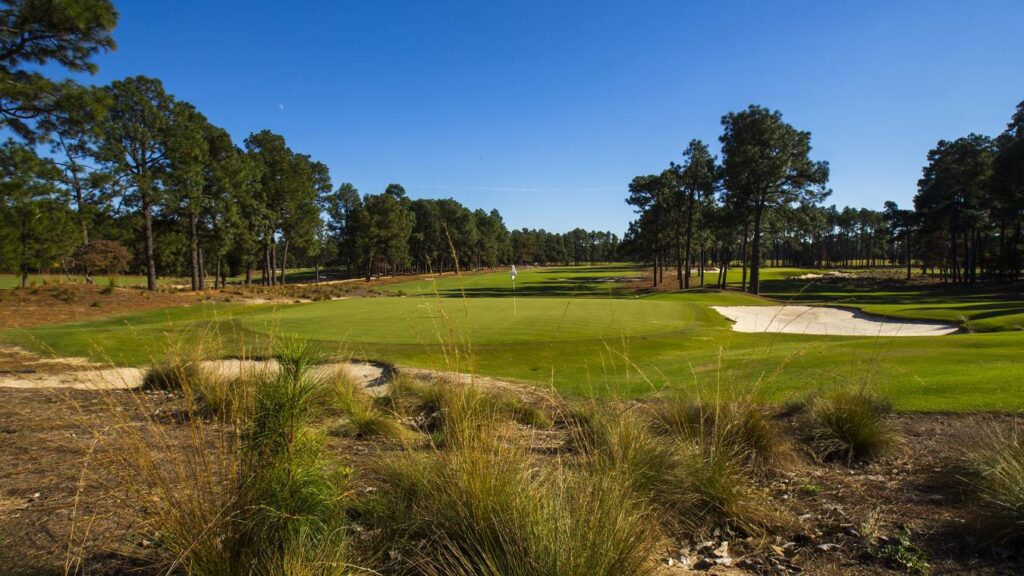
Coore & Crenshaw Roots Run Deep
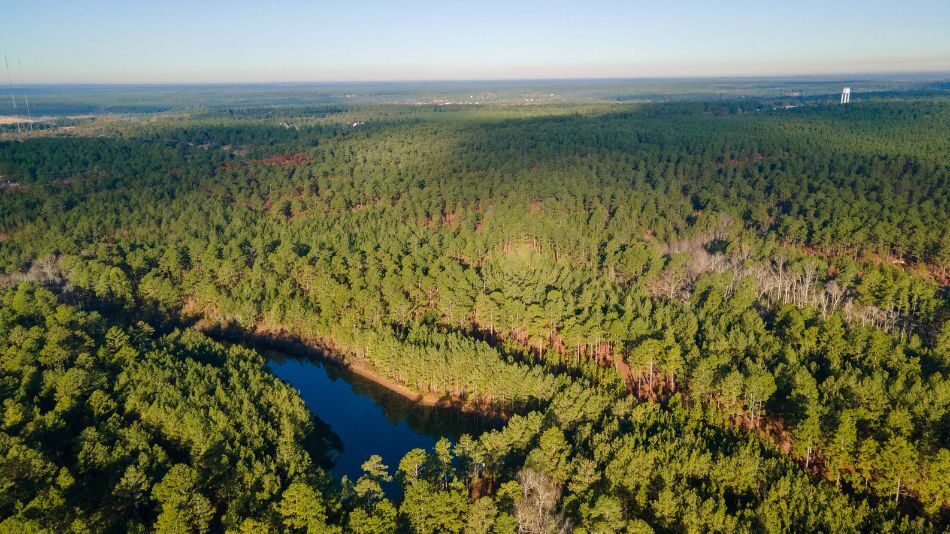
Pinehurst Resort Announces New Course to be Designed by Tom Doak
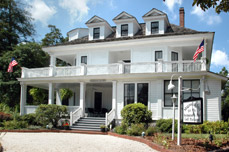
PINEHURST’S MAGNOLIA INN REOPENS
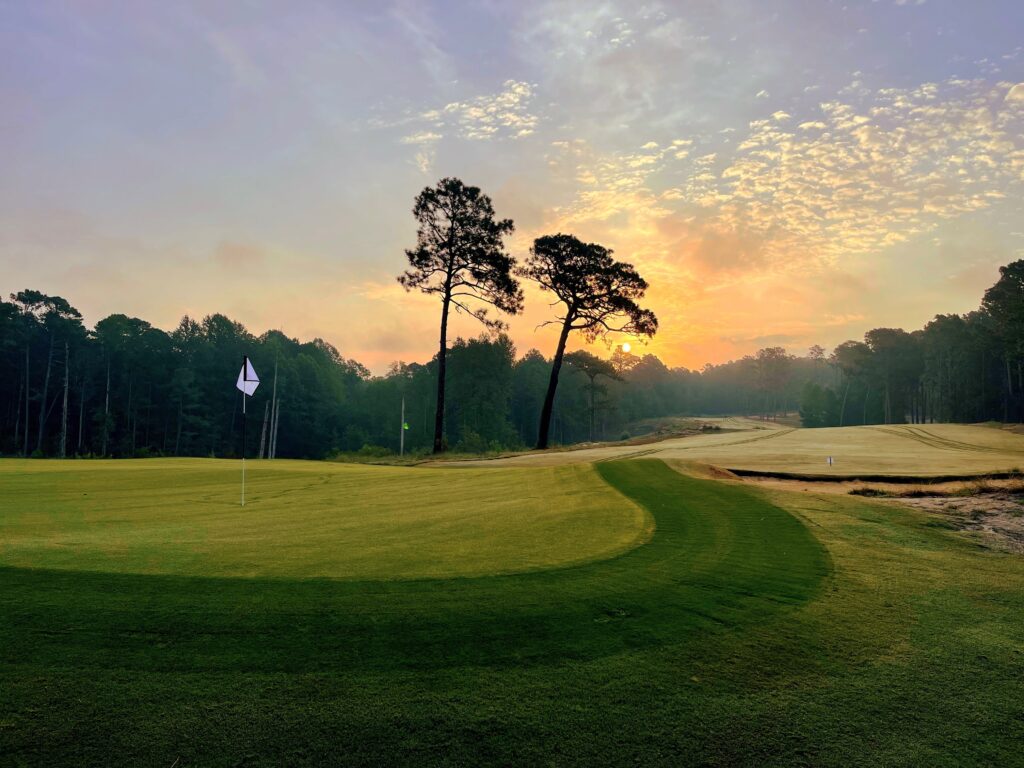
Southern Pines Golf Club Recognized
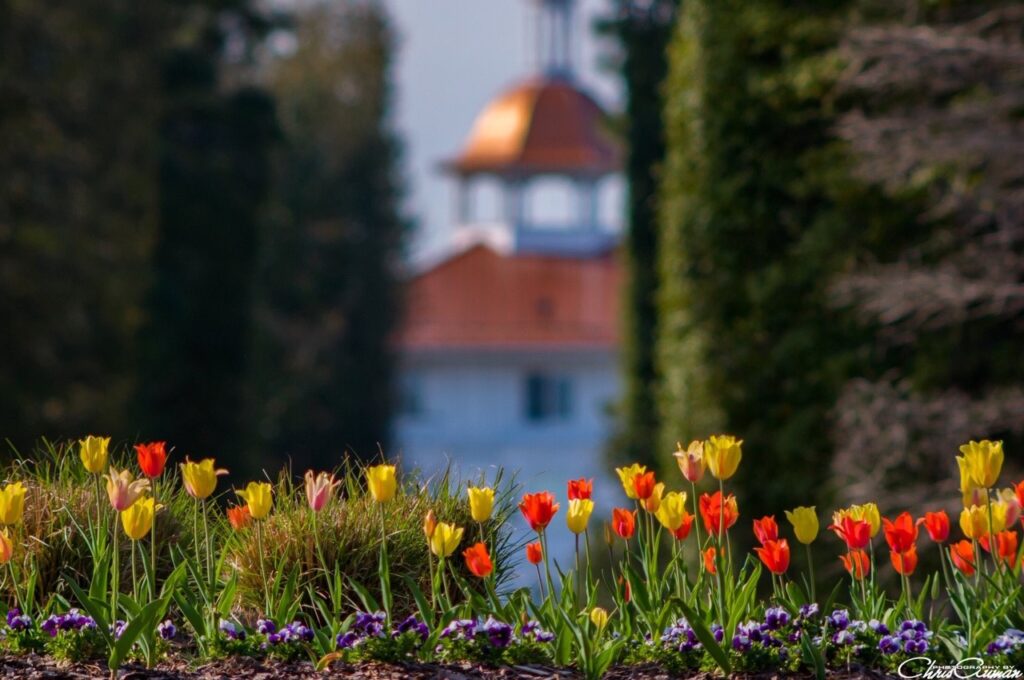
Spring in the Sandhills

Mother/Daughter Weekend in the Sandhills
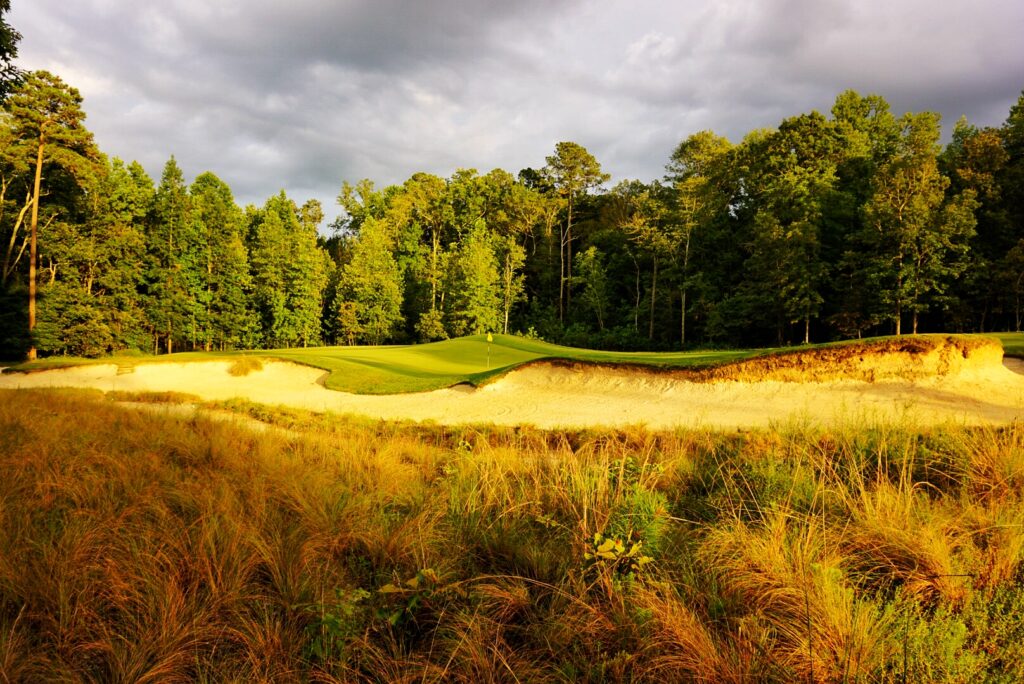
A Few of Our Favorite (Golfing) Things
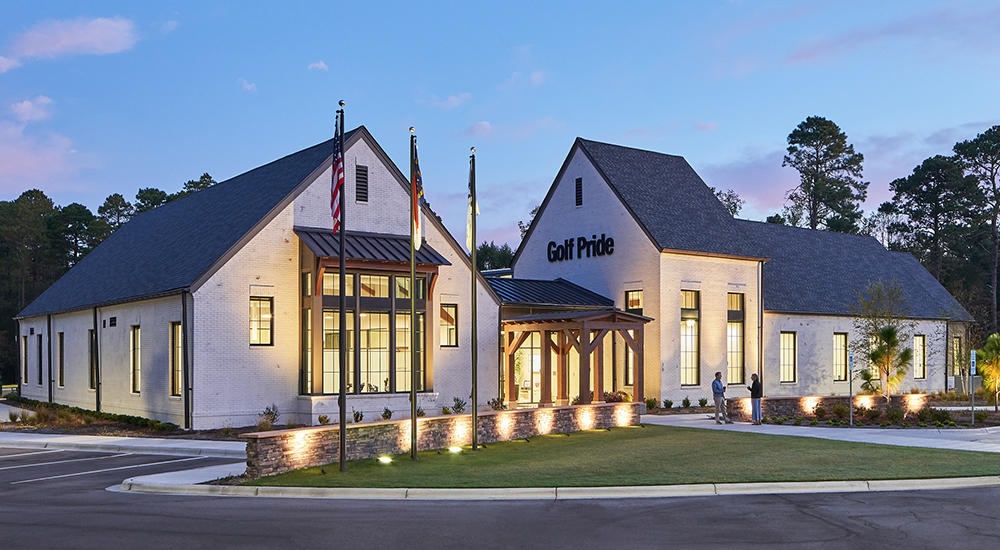
Golf Pride Retail Lab a must-see experience for your Pinehurst itinerary
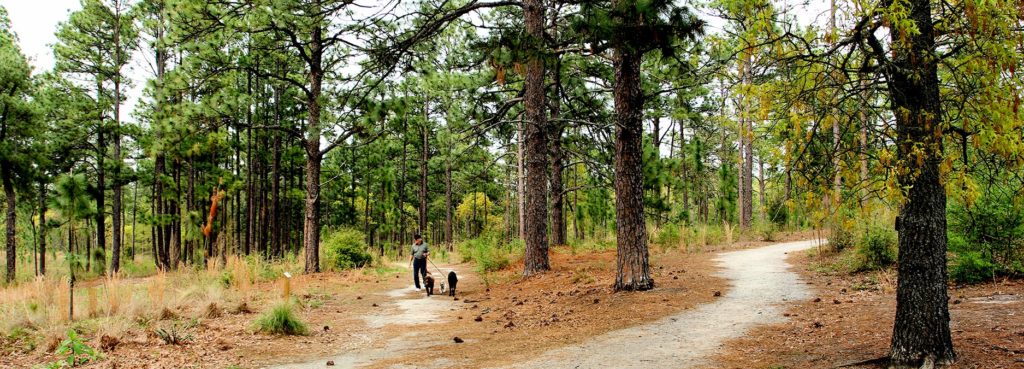
6 Trails to Explore for the Year of the Trail

Pinehurst No. 2 Still Ranked Best Course in NC

Sandhills Ecology 101
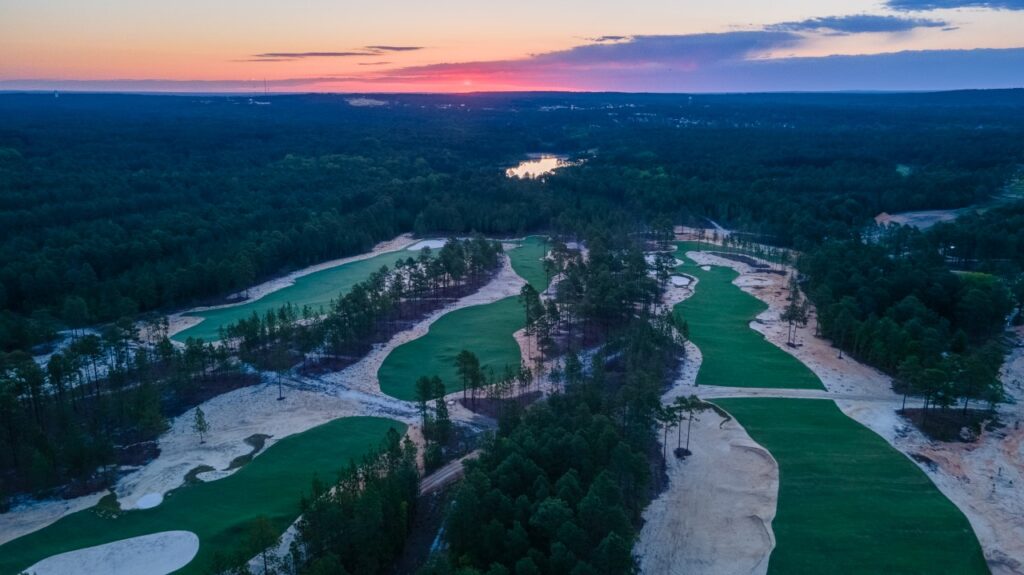
X Marks the 10-Spot

Best Date Night Ideas in the Sandhills
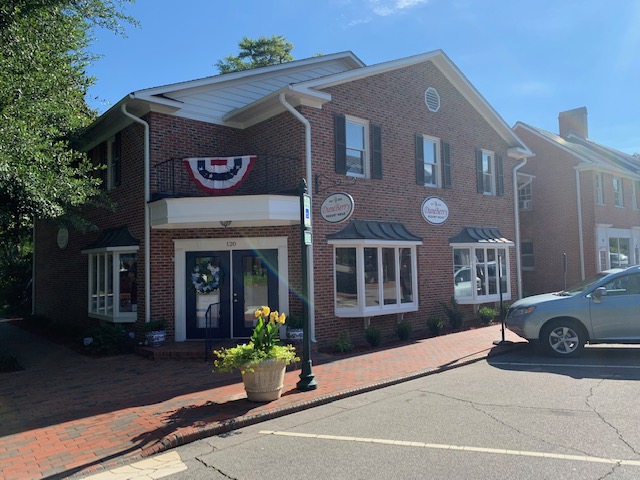
Small Towns Big Style

9 Urban Trails Around Pinehurst Area
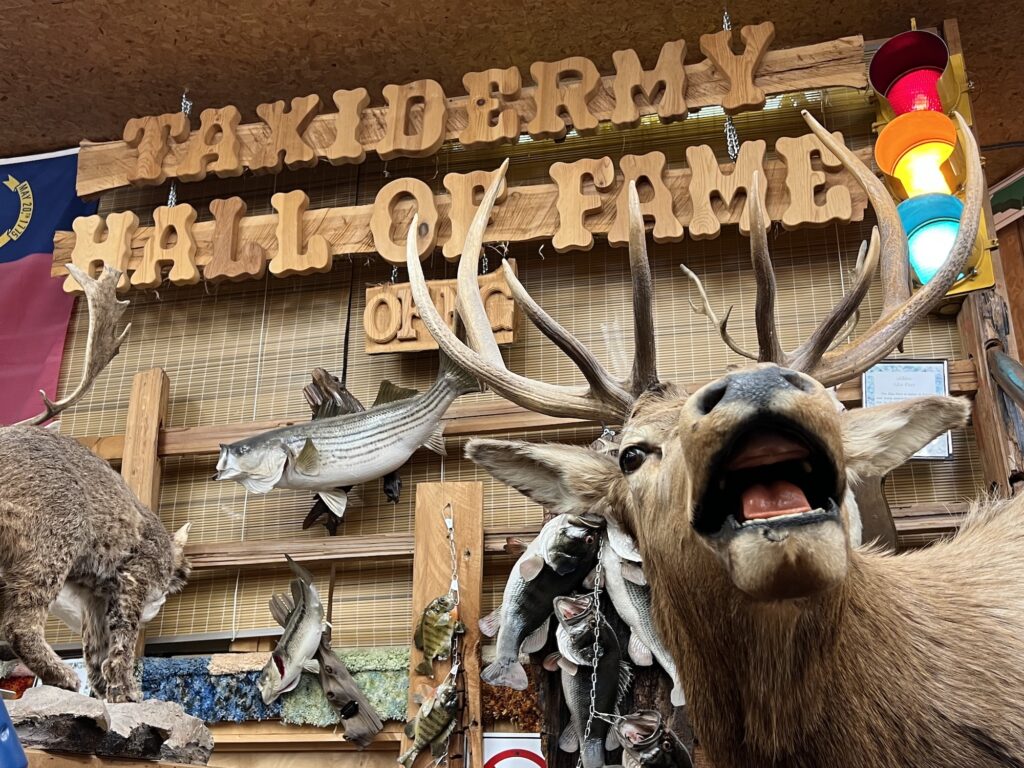
Uniquely Pinehurst

2024 U.S. Open: A Look Ahead
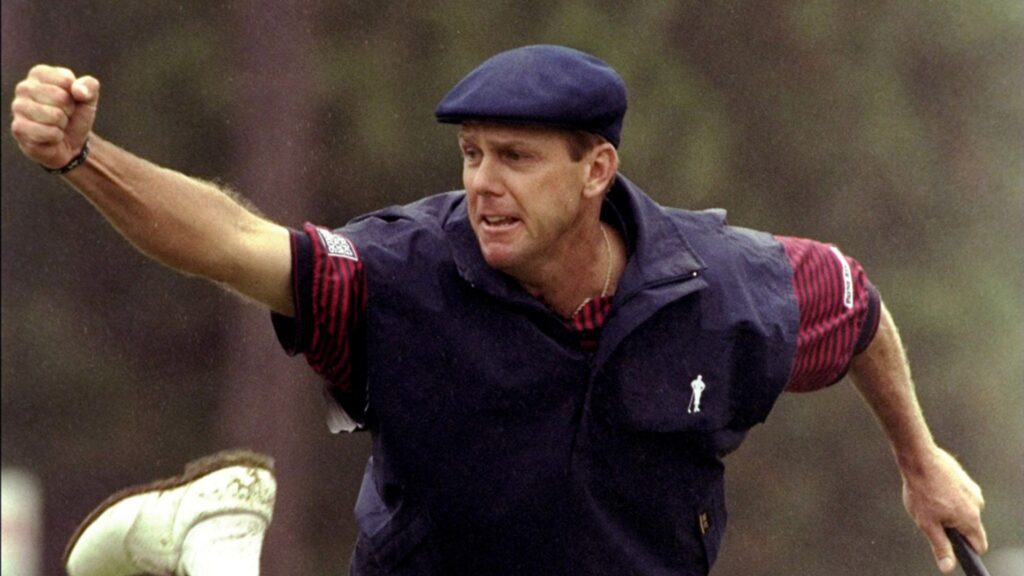
1999 U.S. Open: A Look Back

A Restorative Weekend Getaway at Tanglewood Farm B&B in Southern Pines
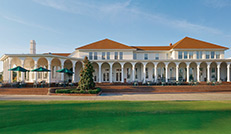
Top Things To Do On A Long Weekend

Independence Day in the Sandhills
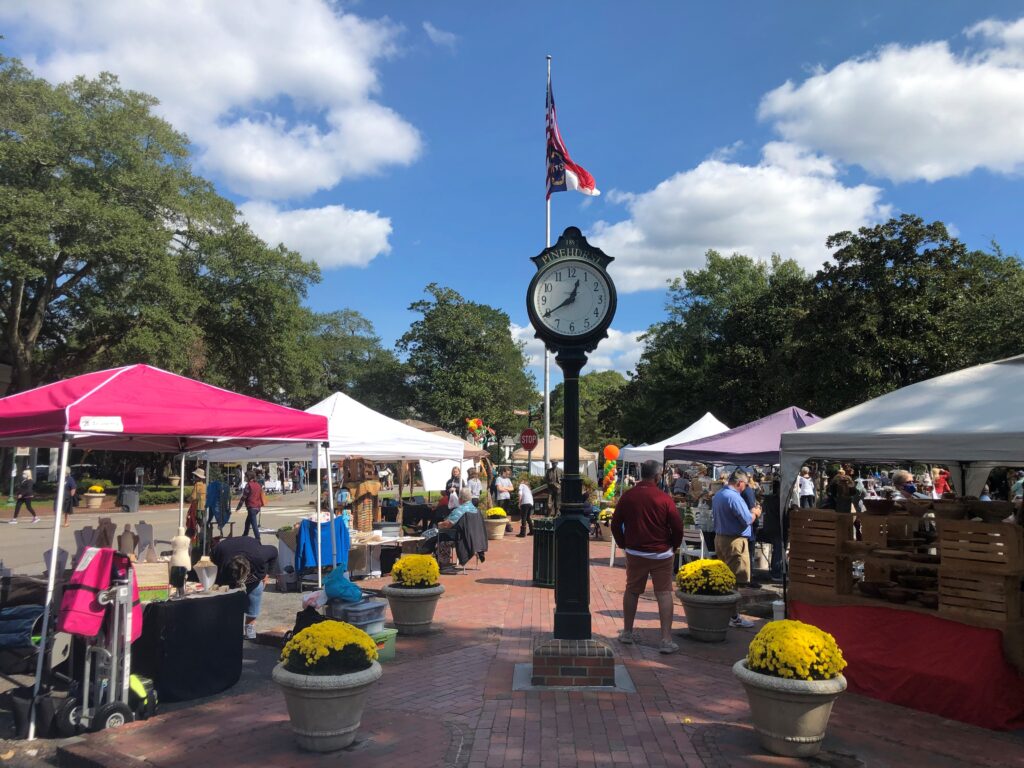
Fall Events Around the Sandhills

Celebrating NC Peaches

Kid You Not
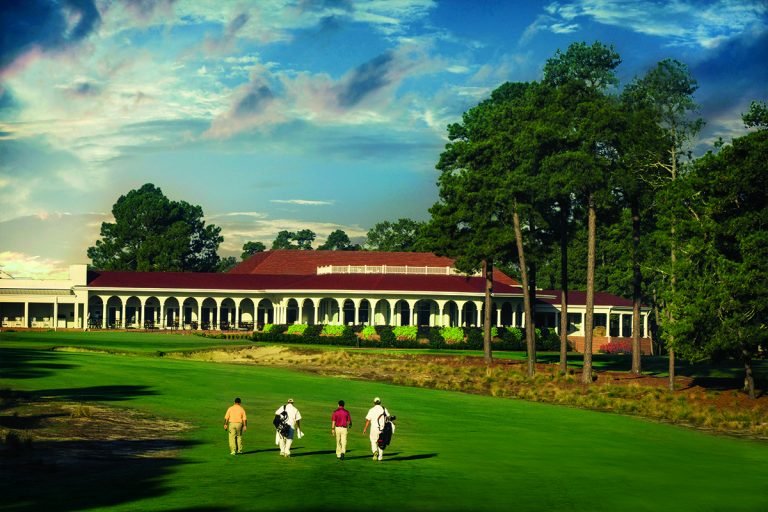
Sleepy Summers No More
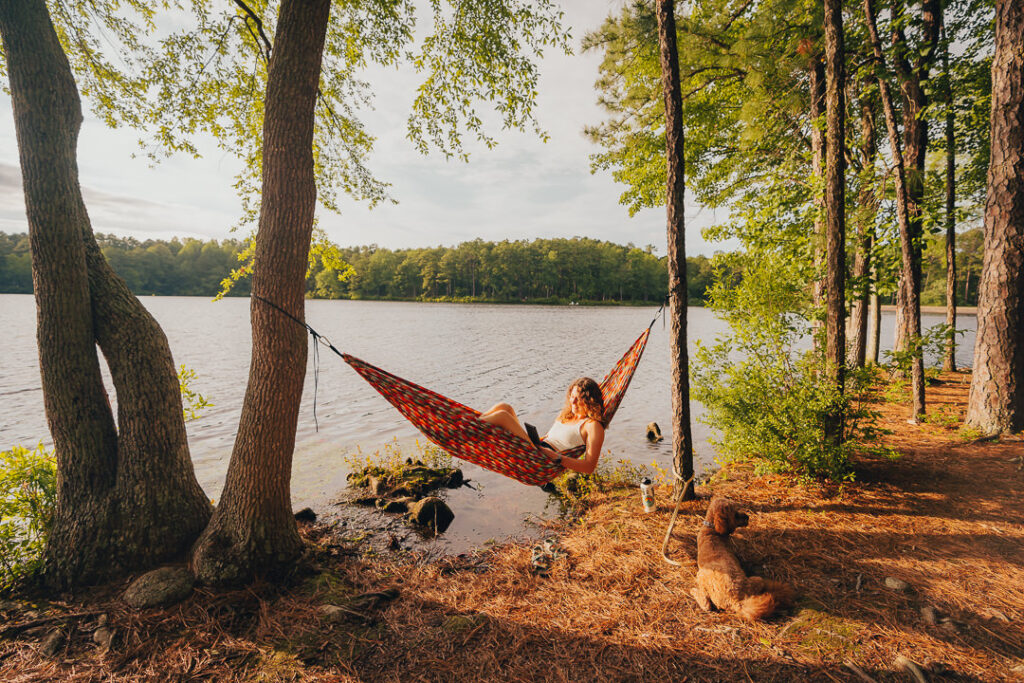
Getting Outside
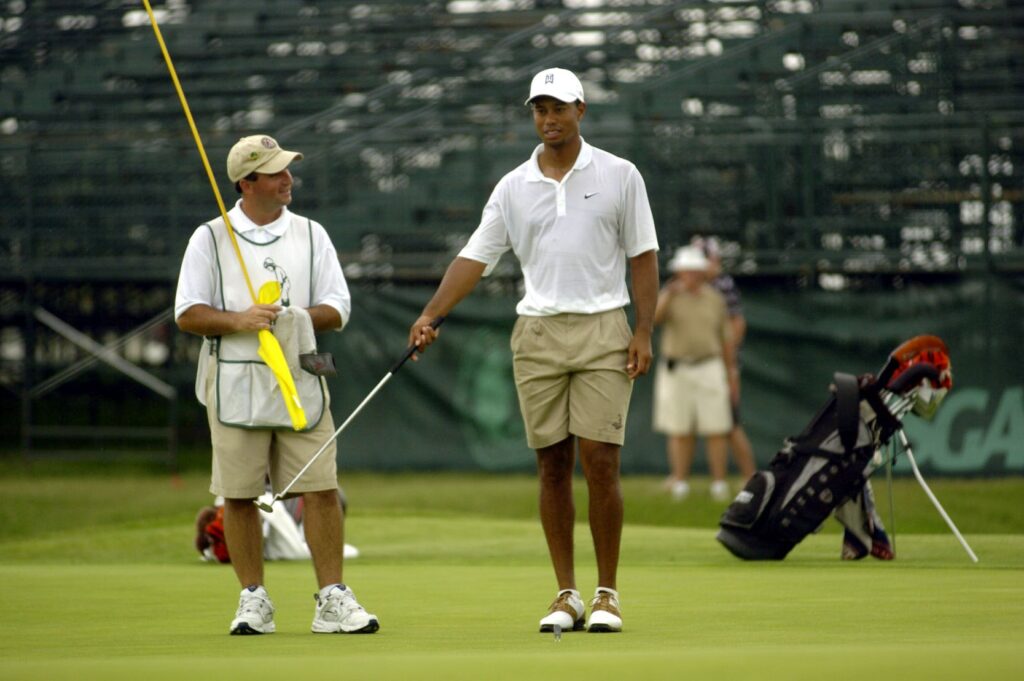
When They Were Young
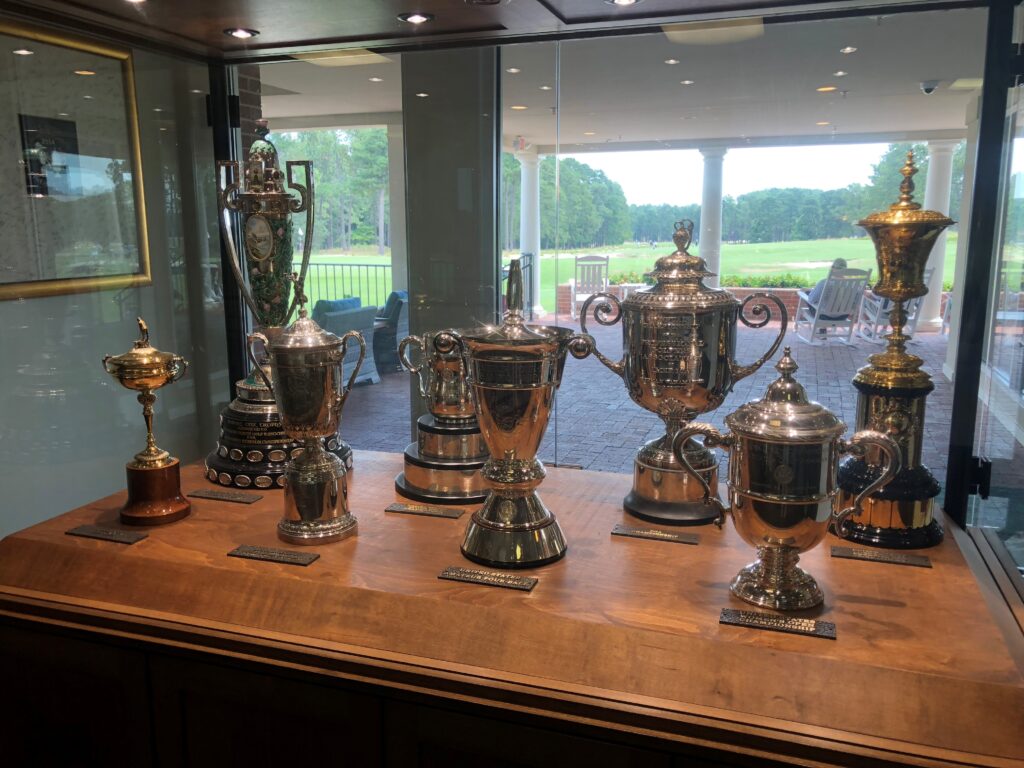
Pinehurst Major-itis

Loving Our Black & Whites
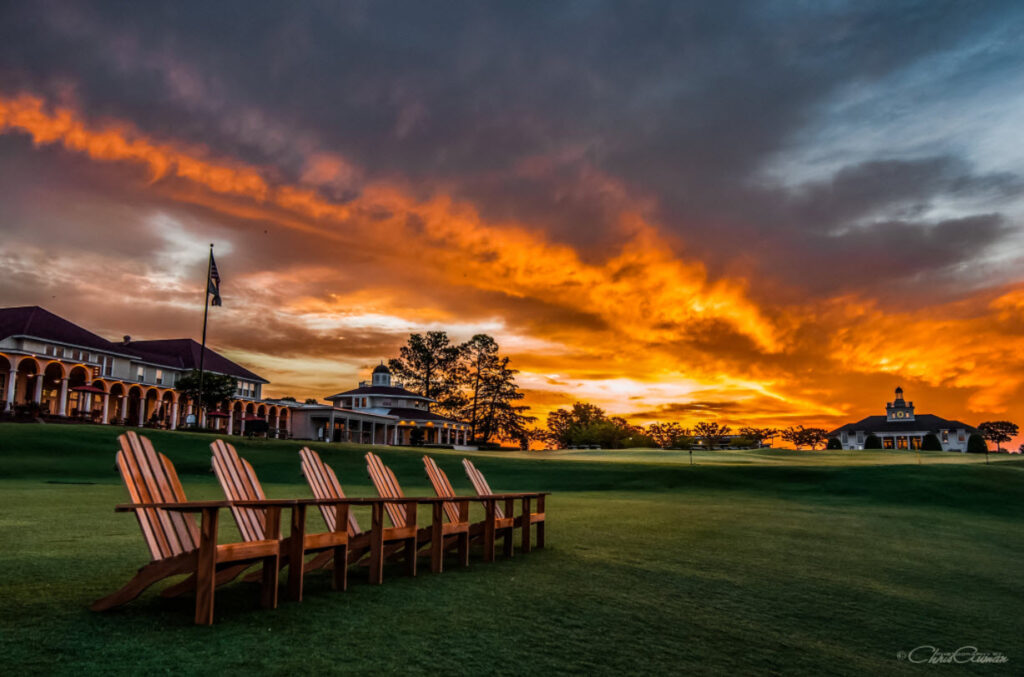
Lens of the Sandhills
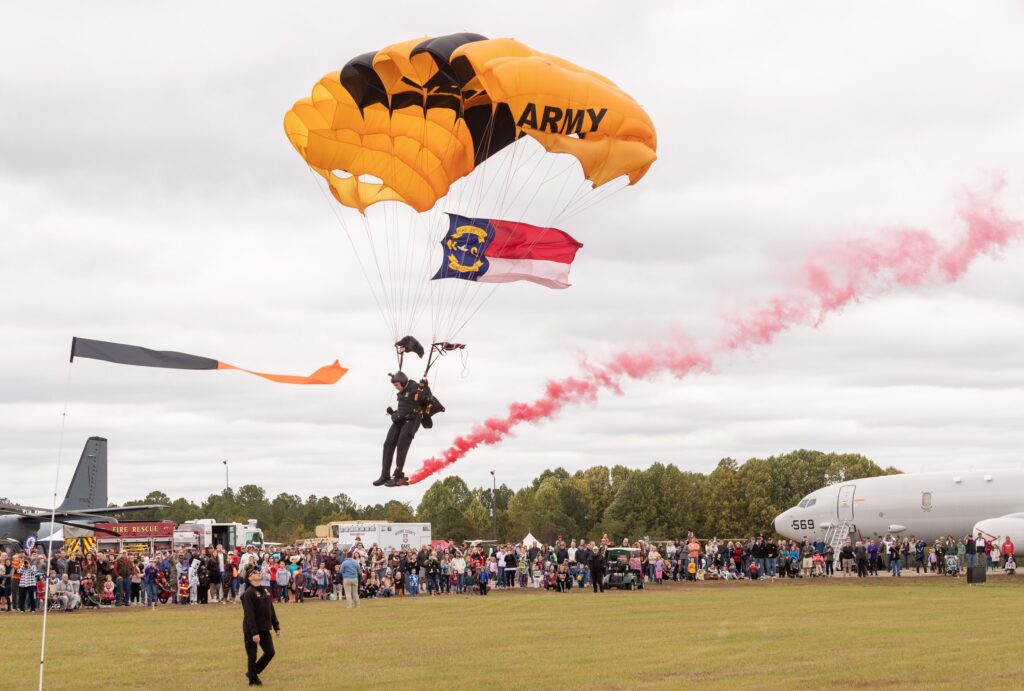
Festival D’avion Named as Signature Event
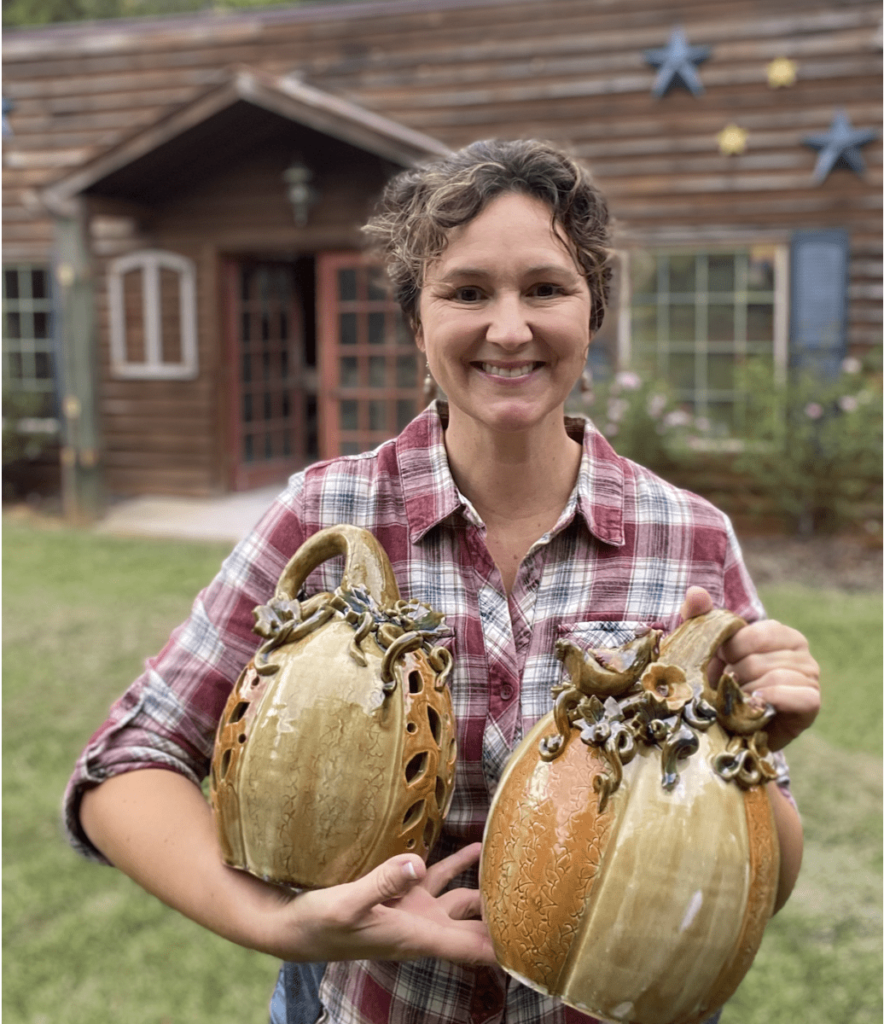
Celebrate American Craft Week

Act Two for Tot Hill Farm
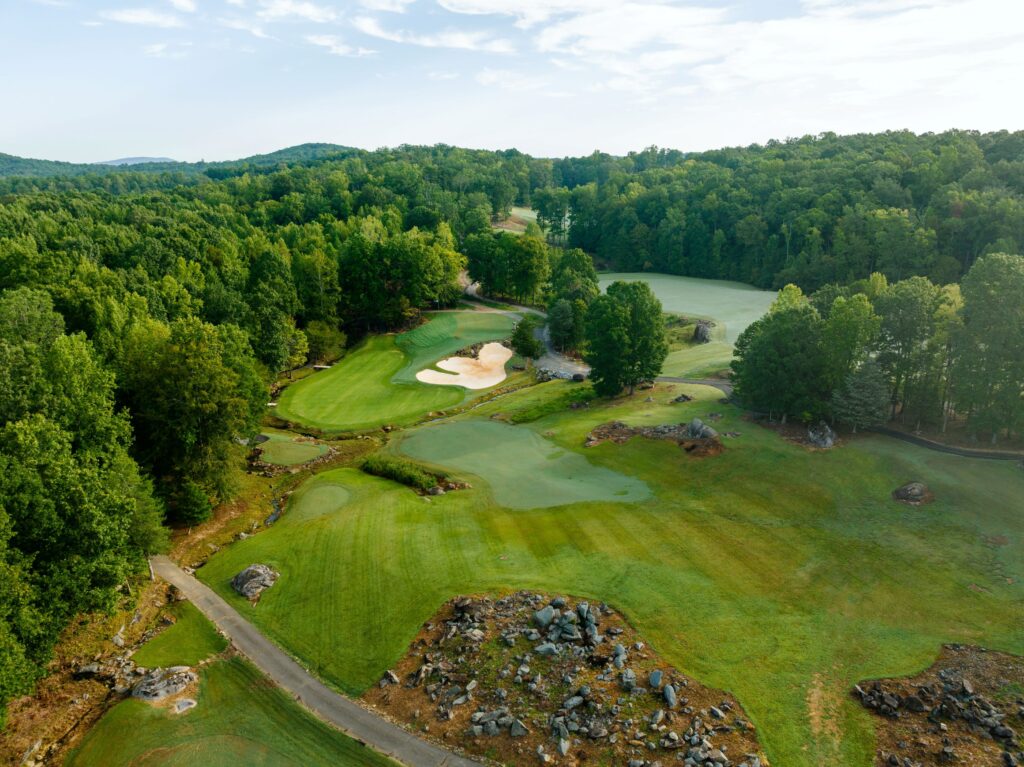
An Artist in the Dirt
Legends of the Pines

Breakfast Joints of the Sandhills

The Scottish Invasion

To Dornoch and Back
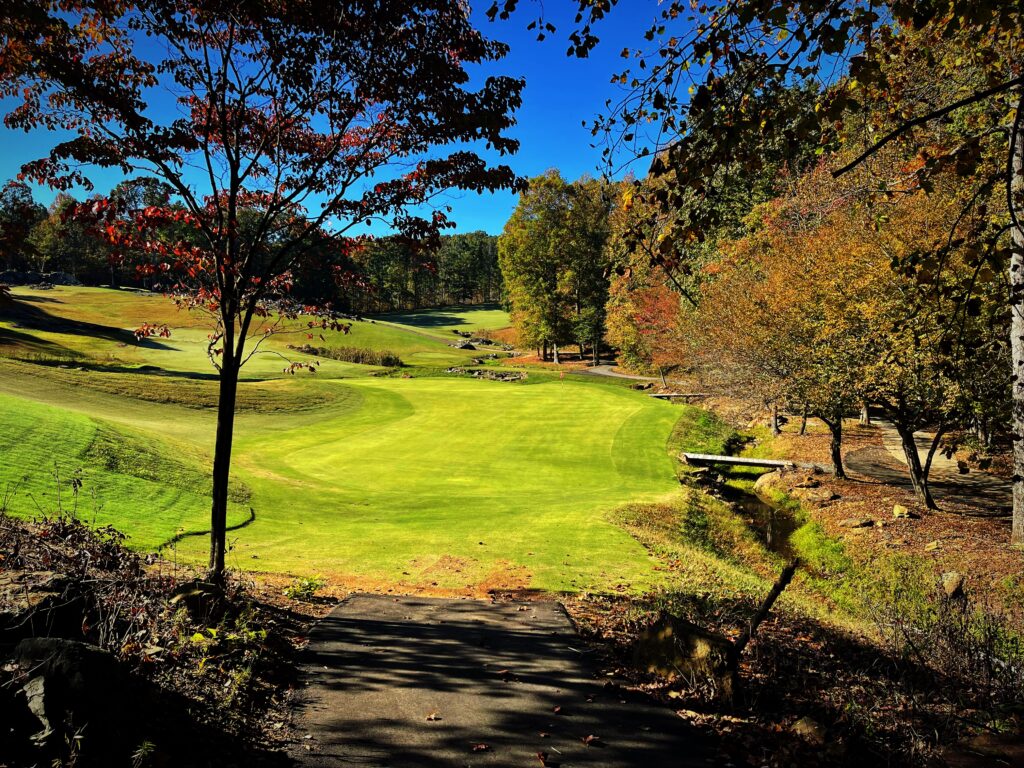
A “New” Pinehurst Welcomes the World in 2024
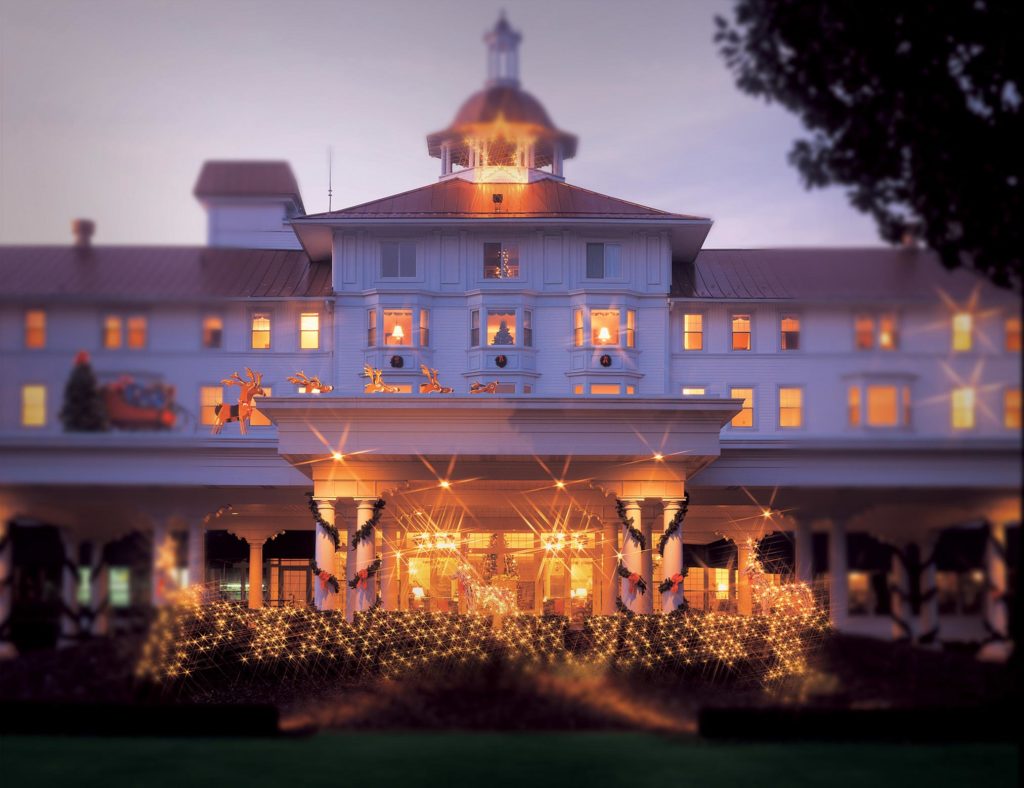
Pinehurst Holiday
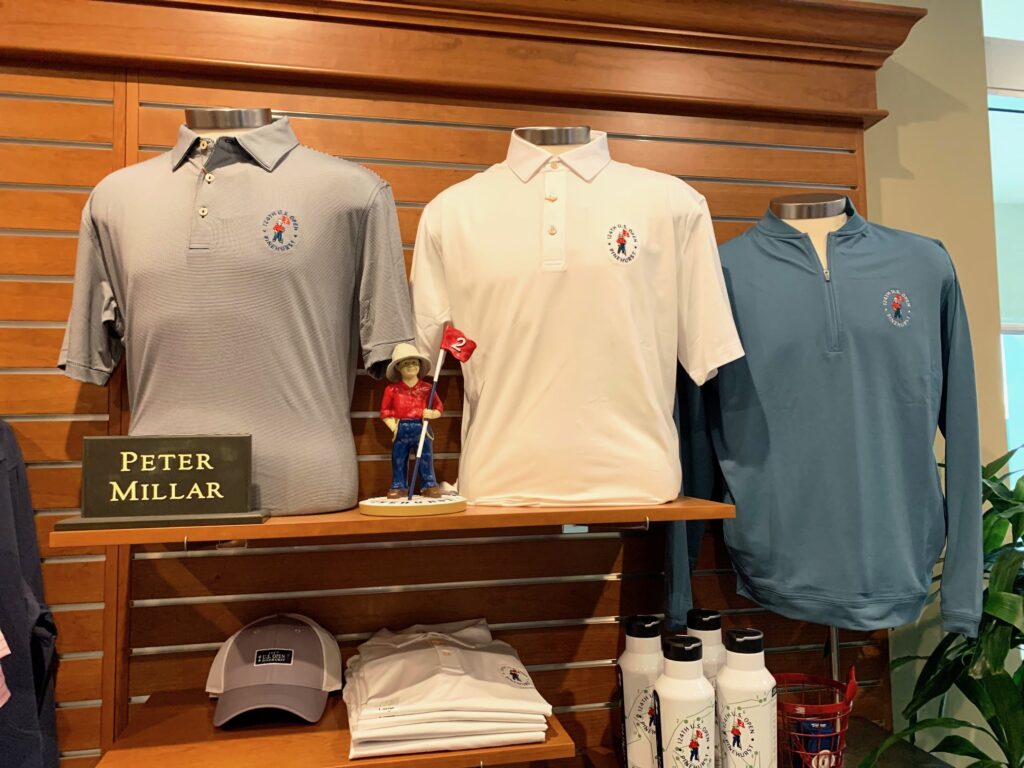
Golfers Gift Guide
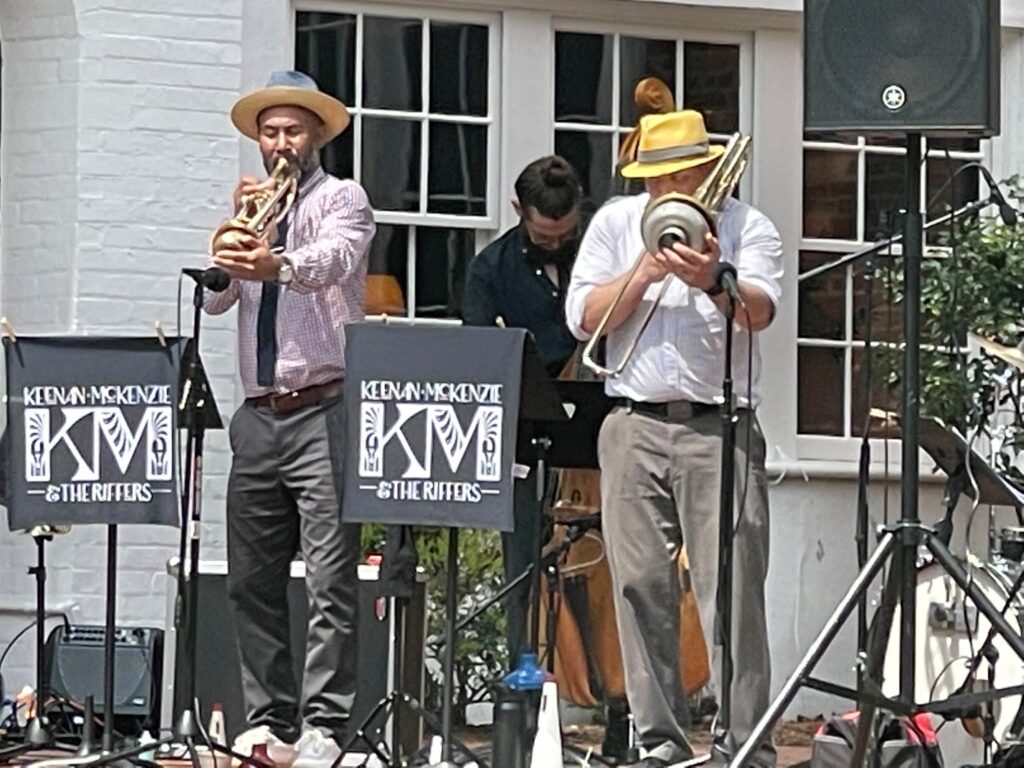
Sandhills Nightlife Scene

A U.S. Open Year
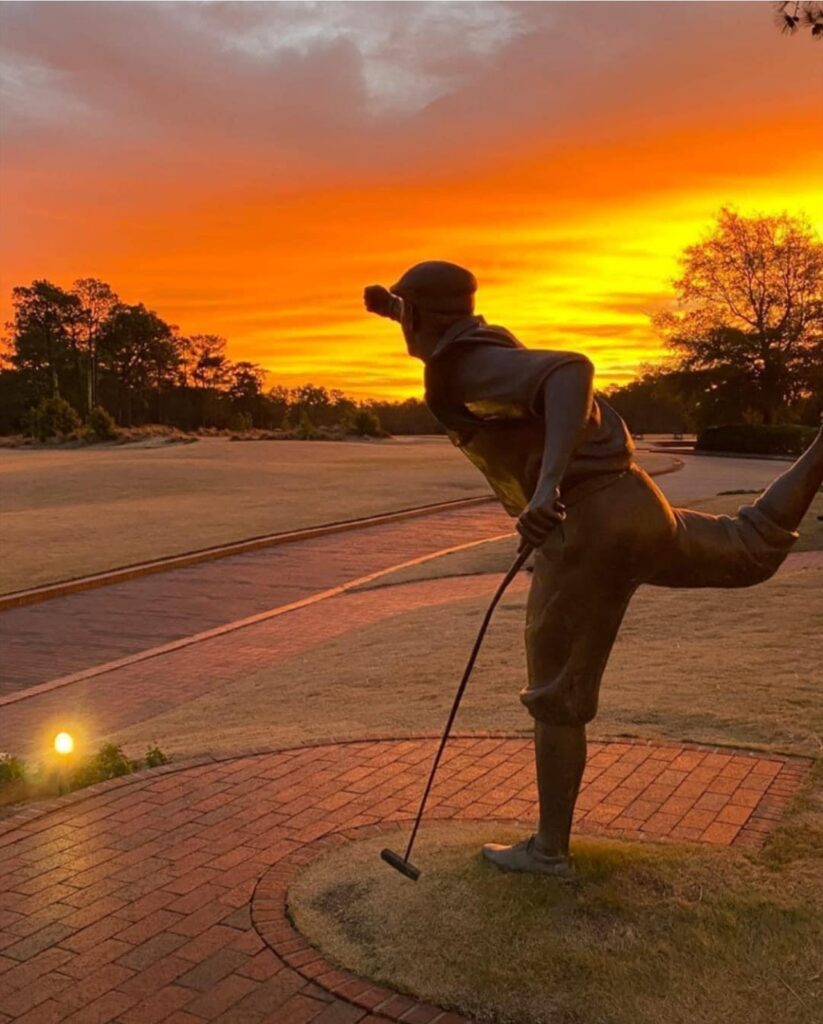
Payne at 25

Where to Antique in Cameron and Carthage

Girls’ Weekend in Moore County
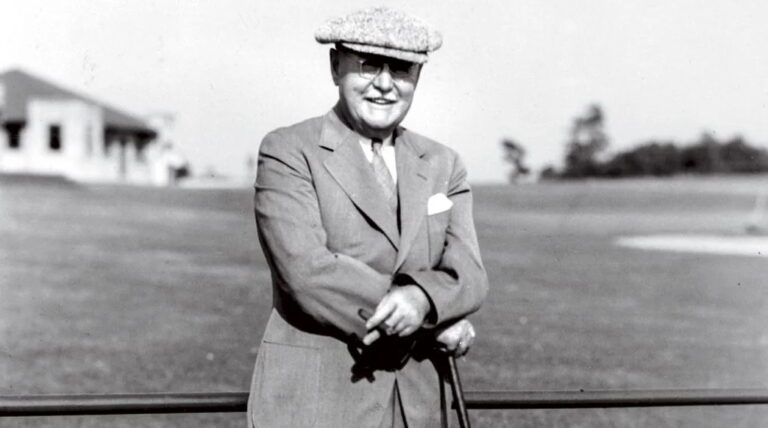
Sandhills Hall of Fame
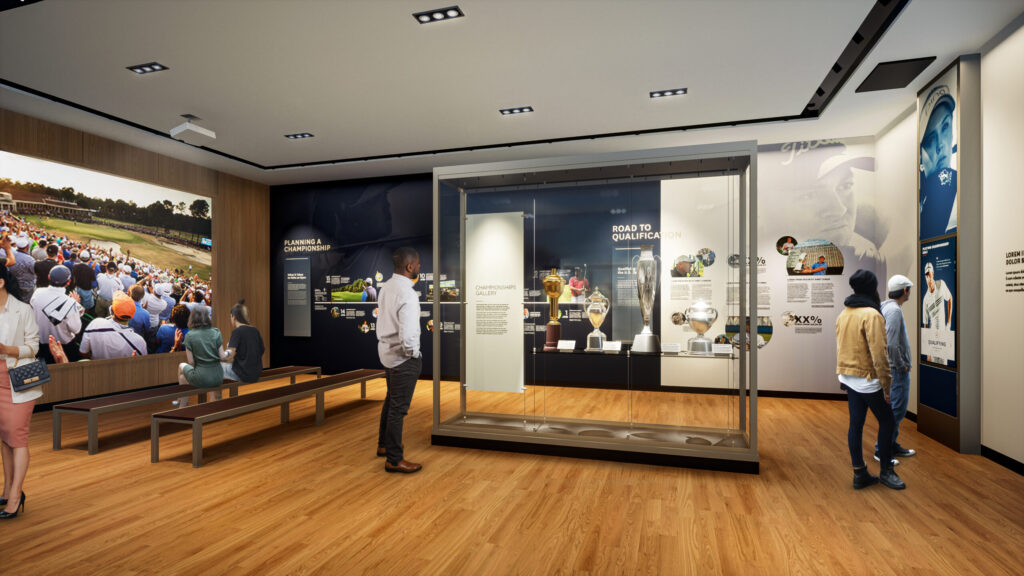
Hall of Fame Take Two
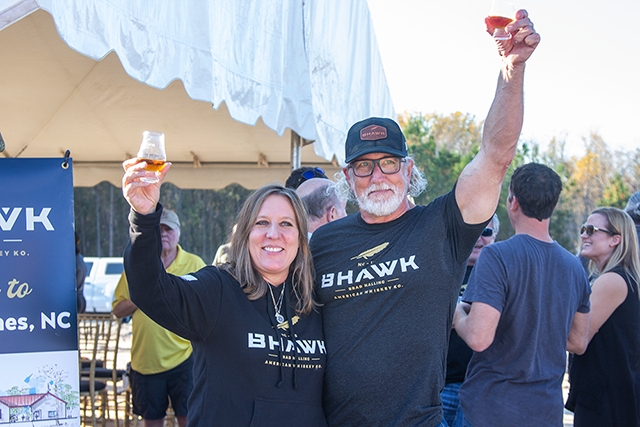
BHAWK Distillery Toasts Military Spirit
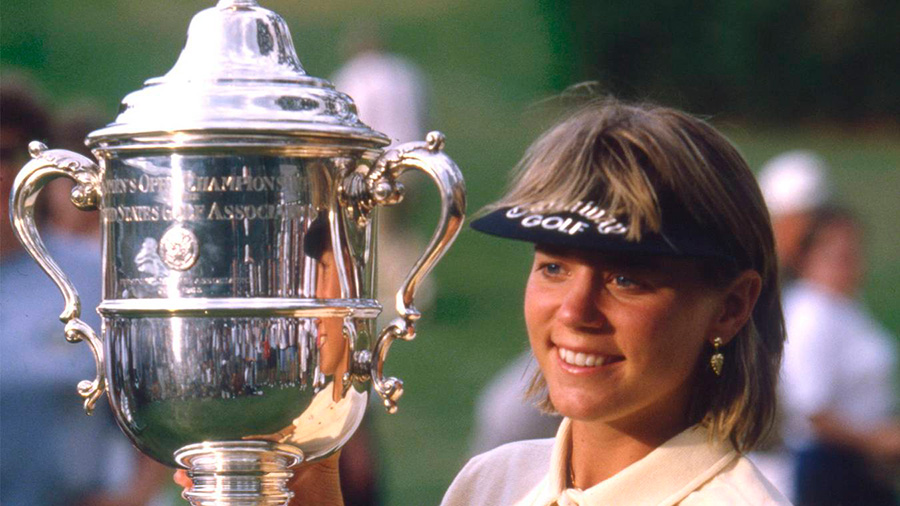
A Dozen Master Strokes
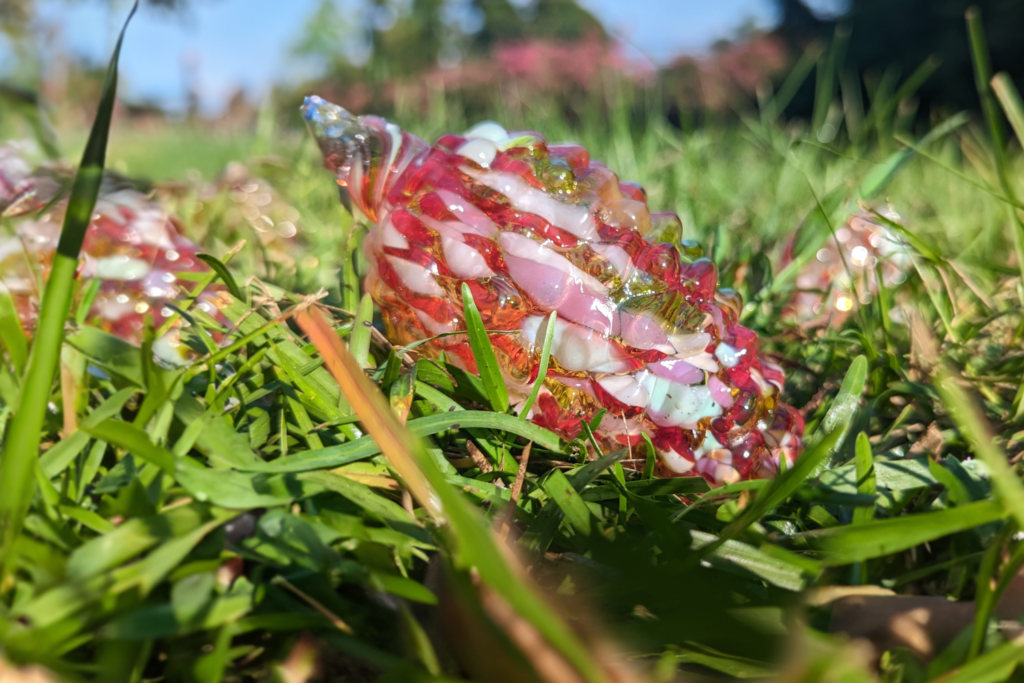
Popular Pinecone Pathways Returns for Spring 2024
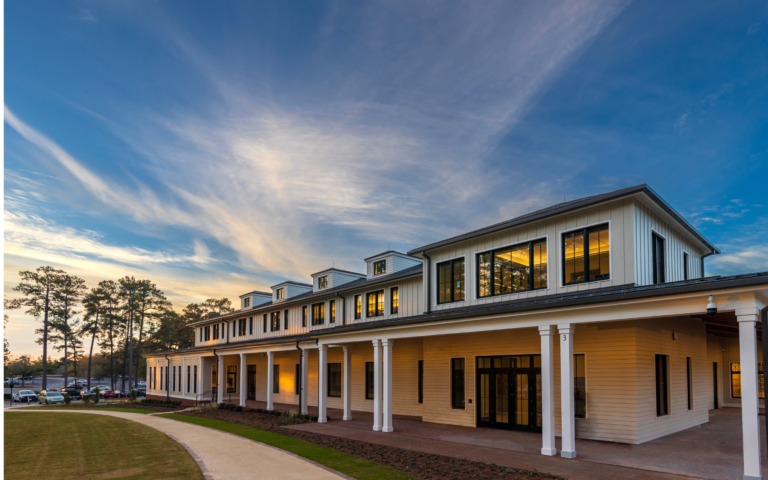
The Dynamic Decade
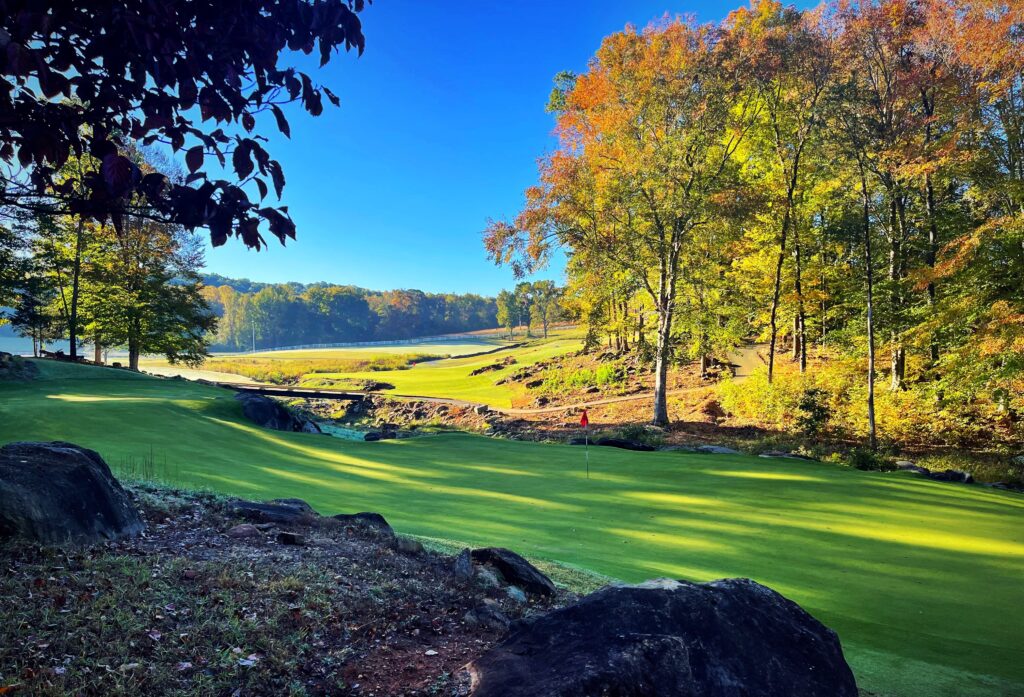
Sandhills Pours Double Dose
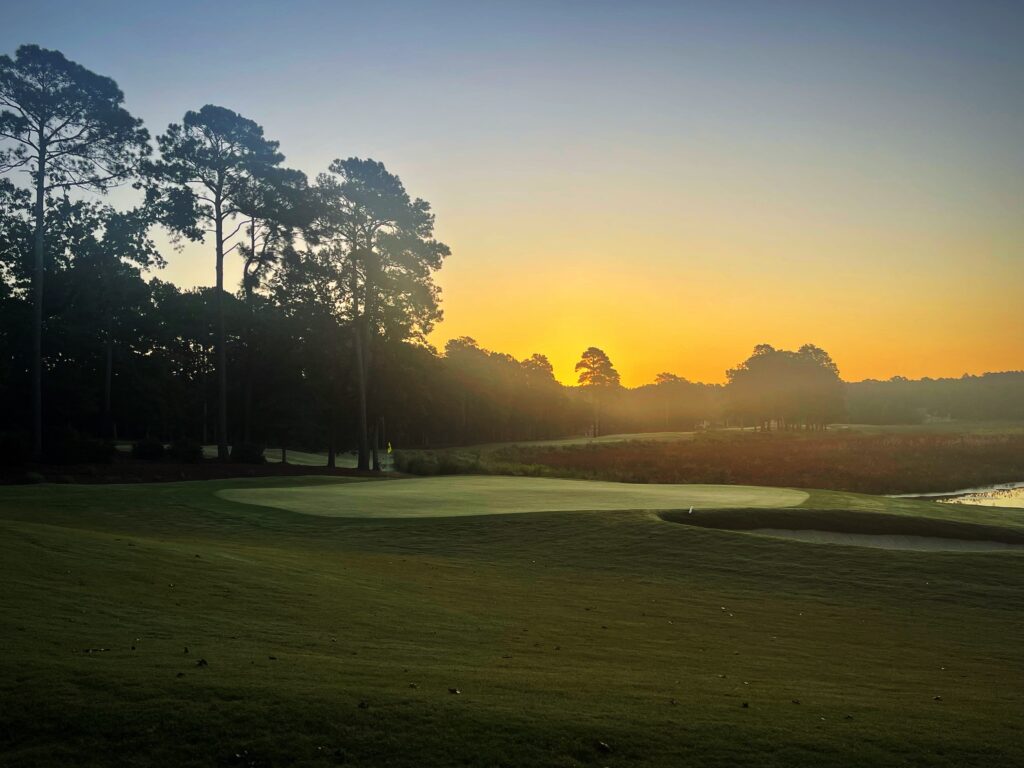
Rebirth at Woodlake
Pints in the Pines: A Guide to the Breweries of the Sandhills

